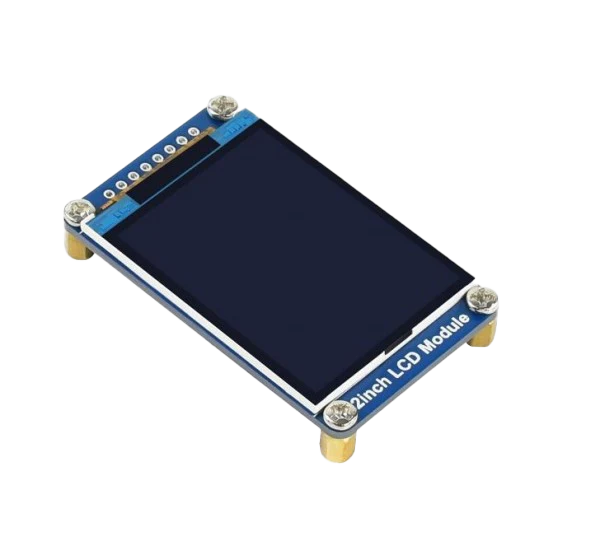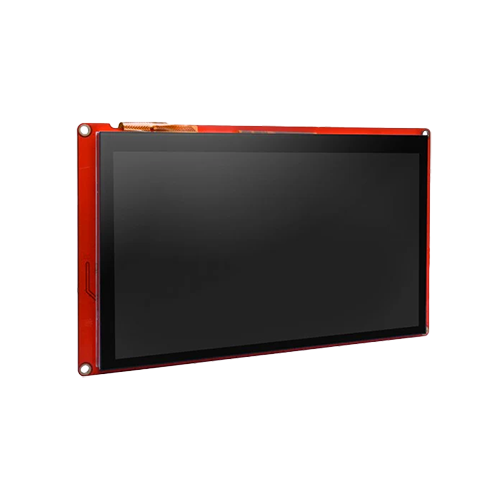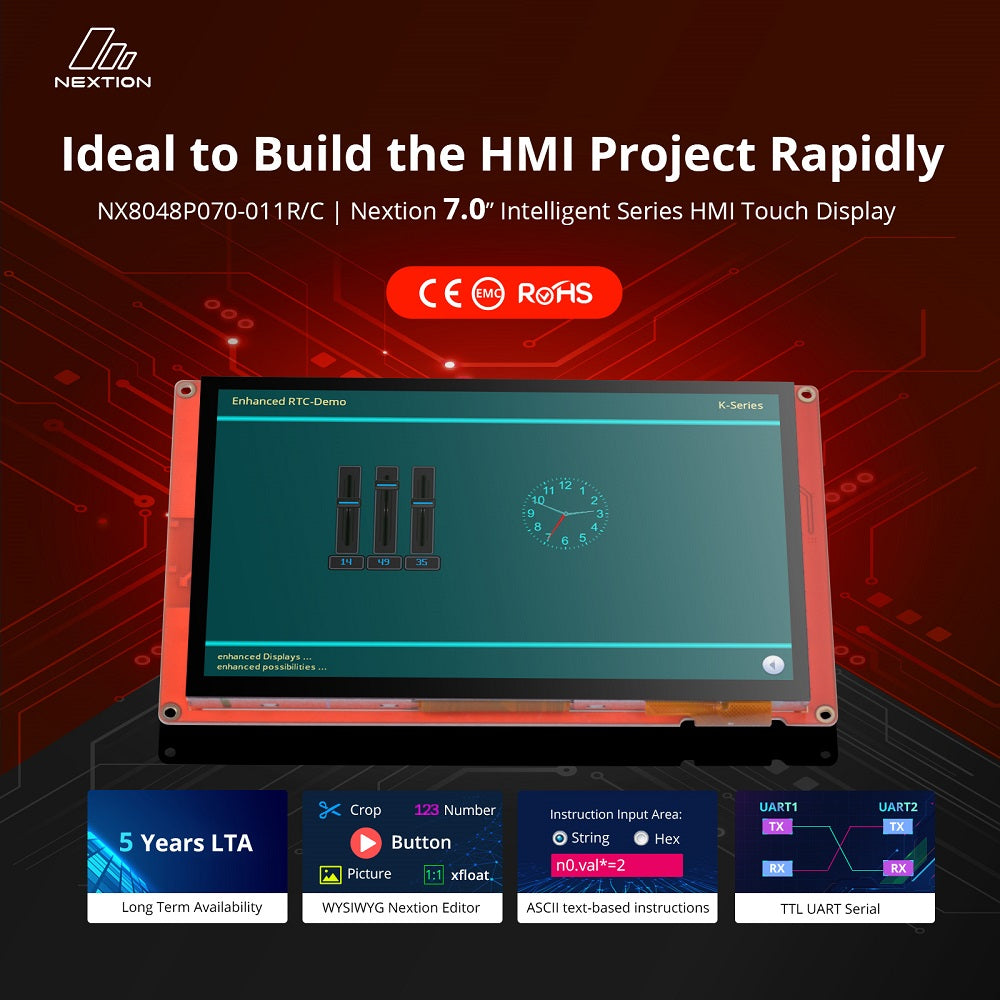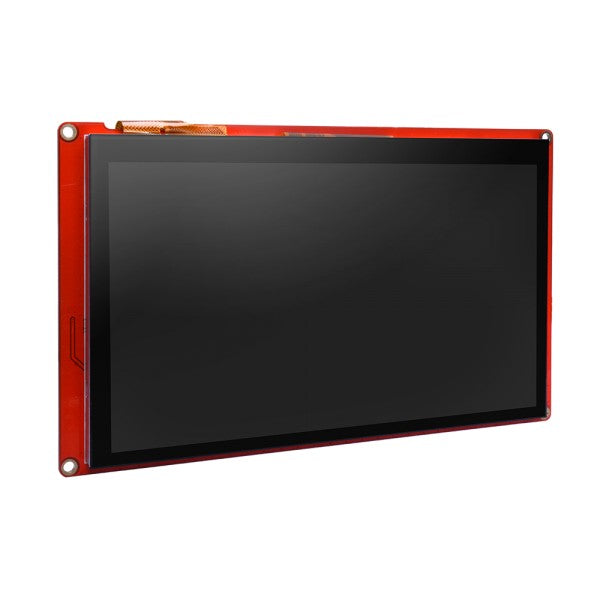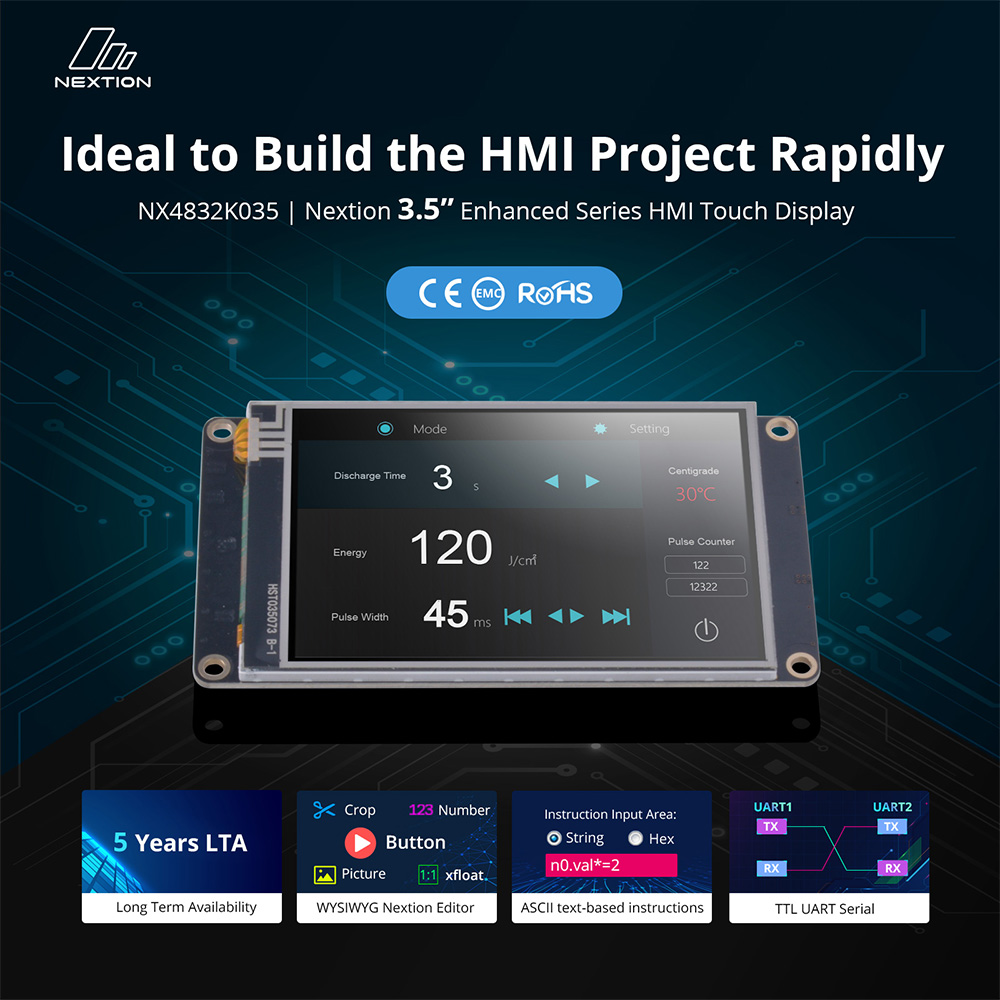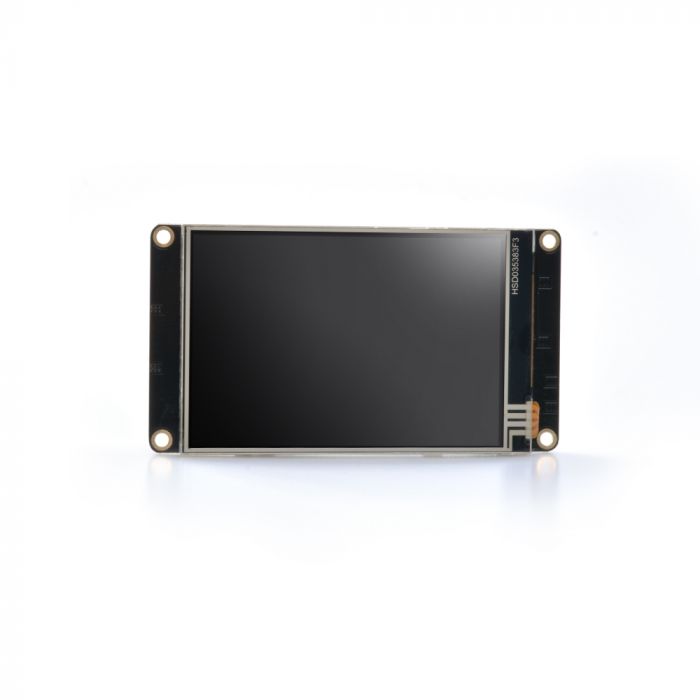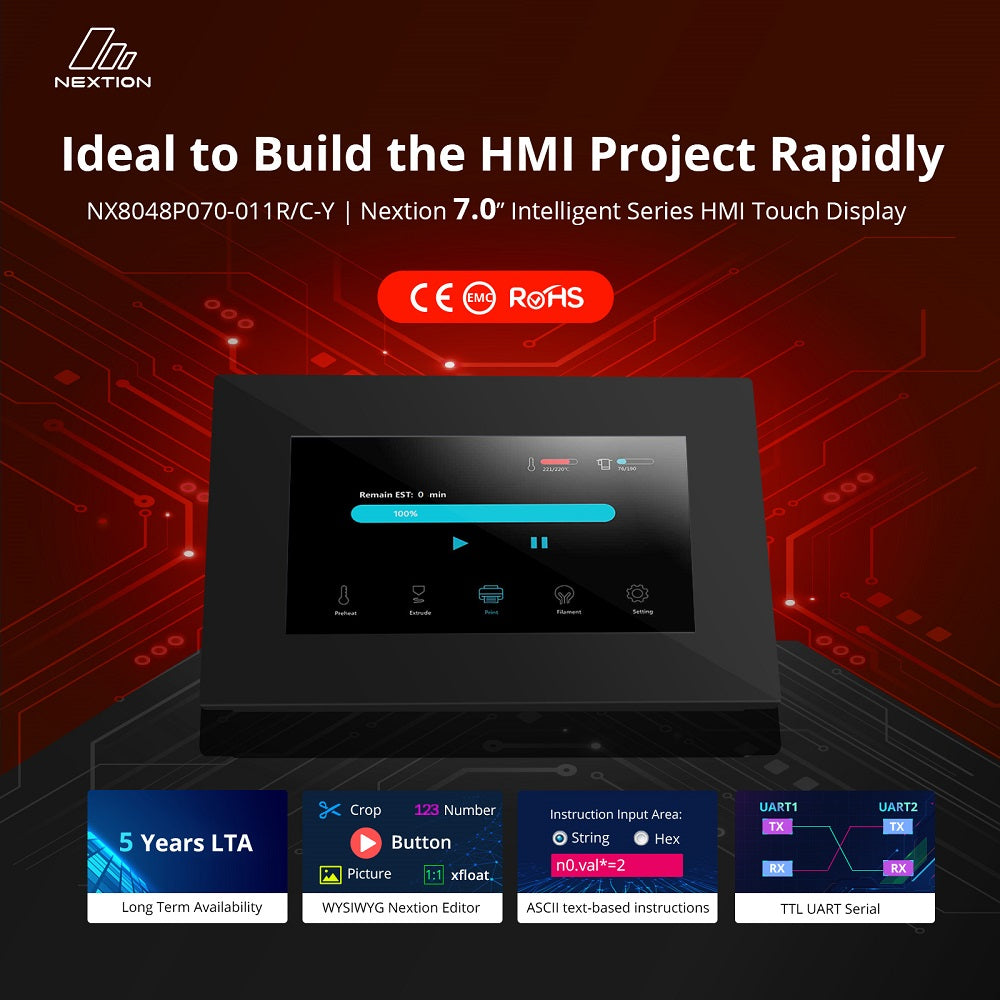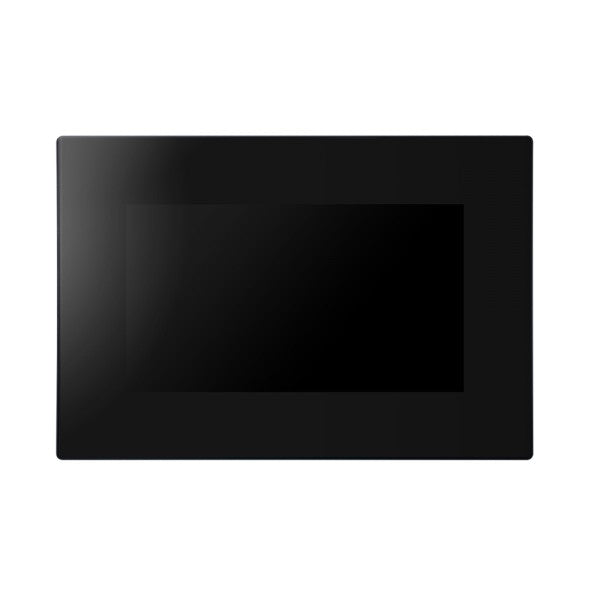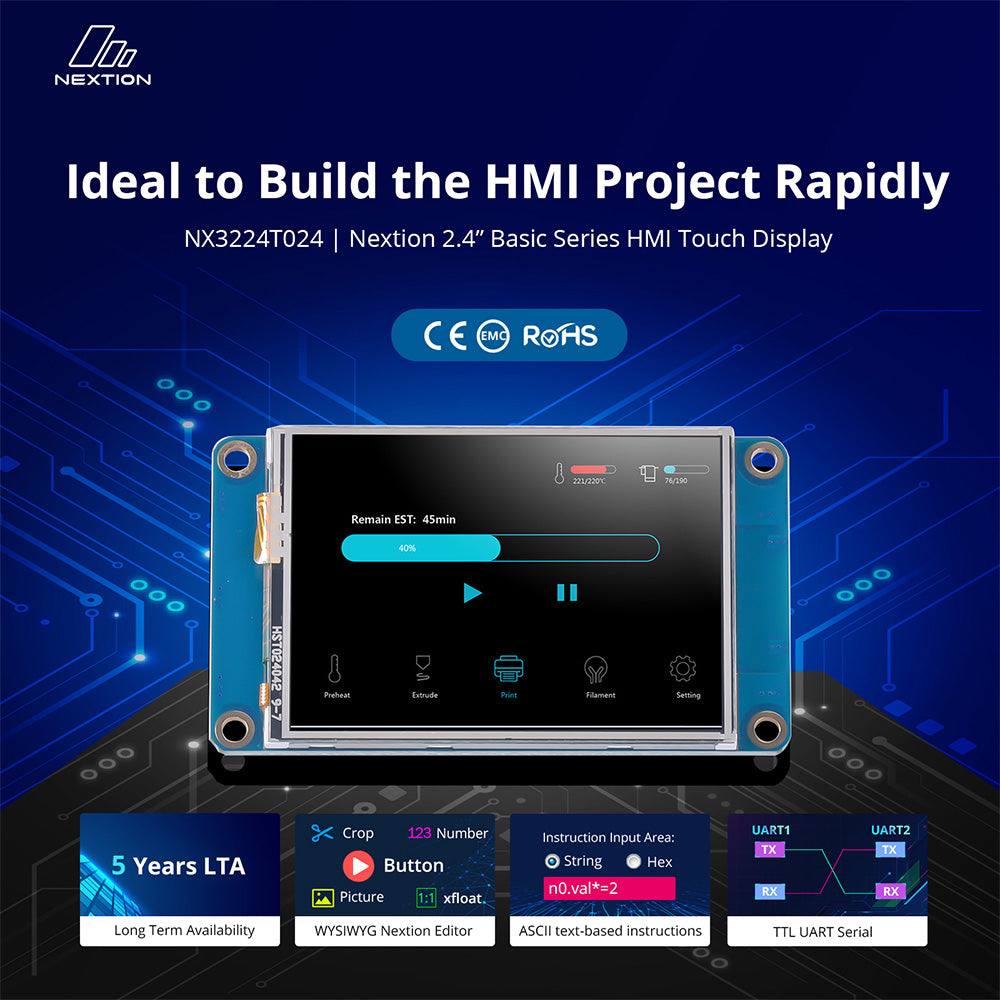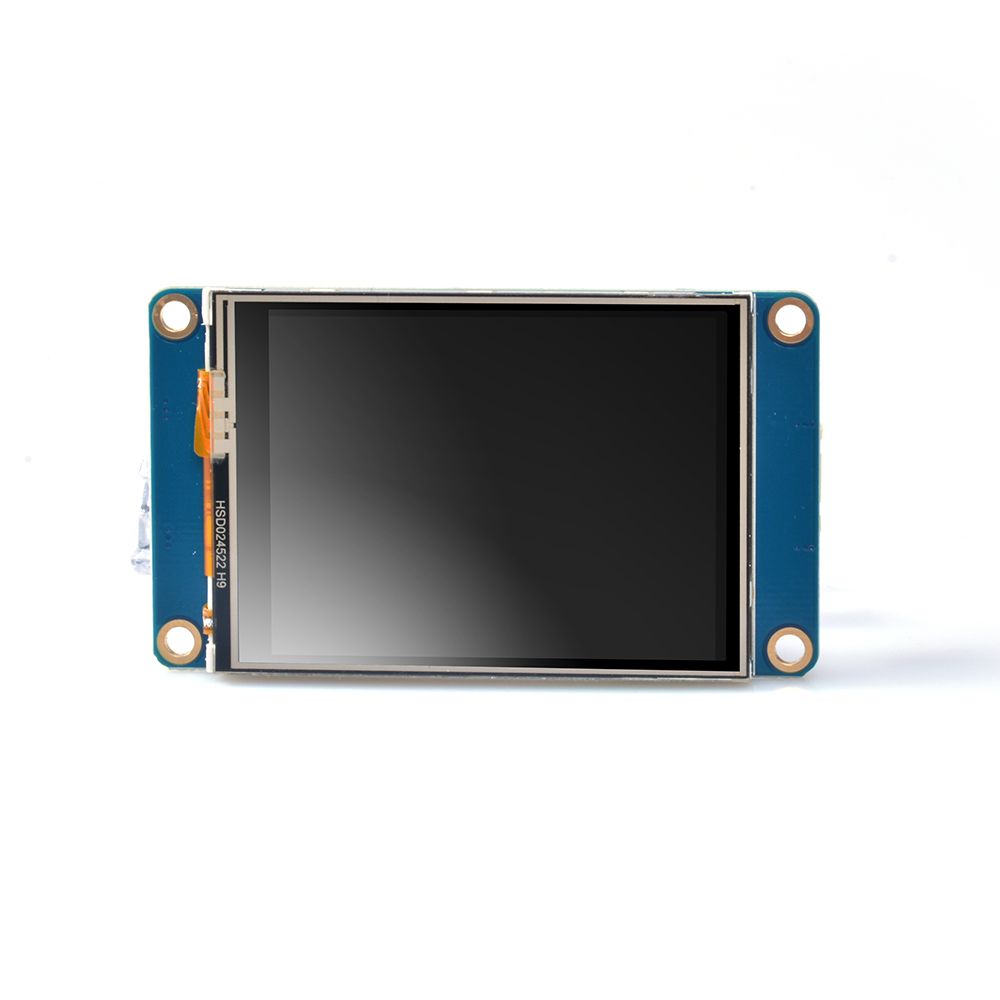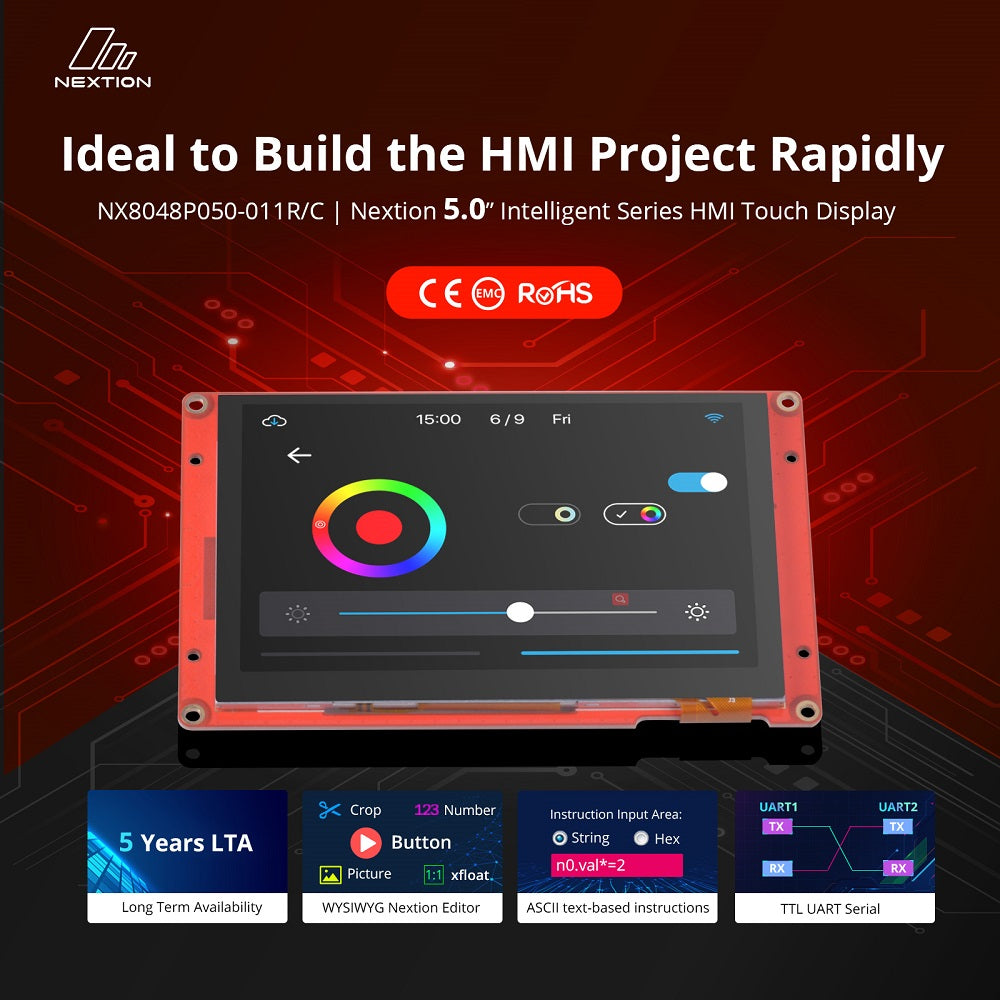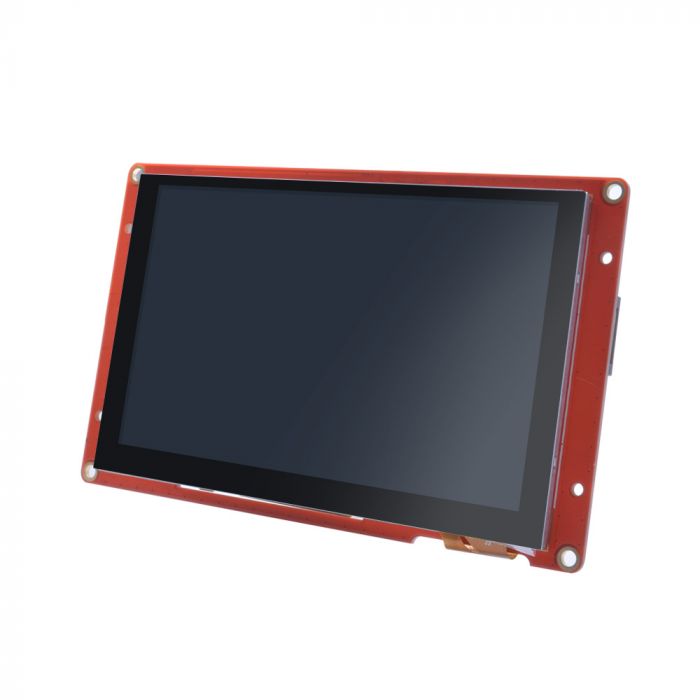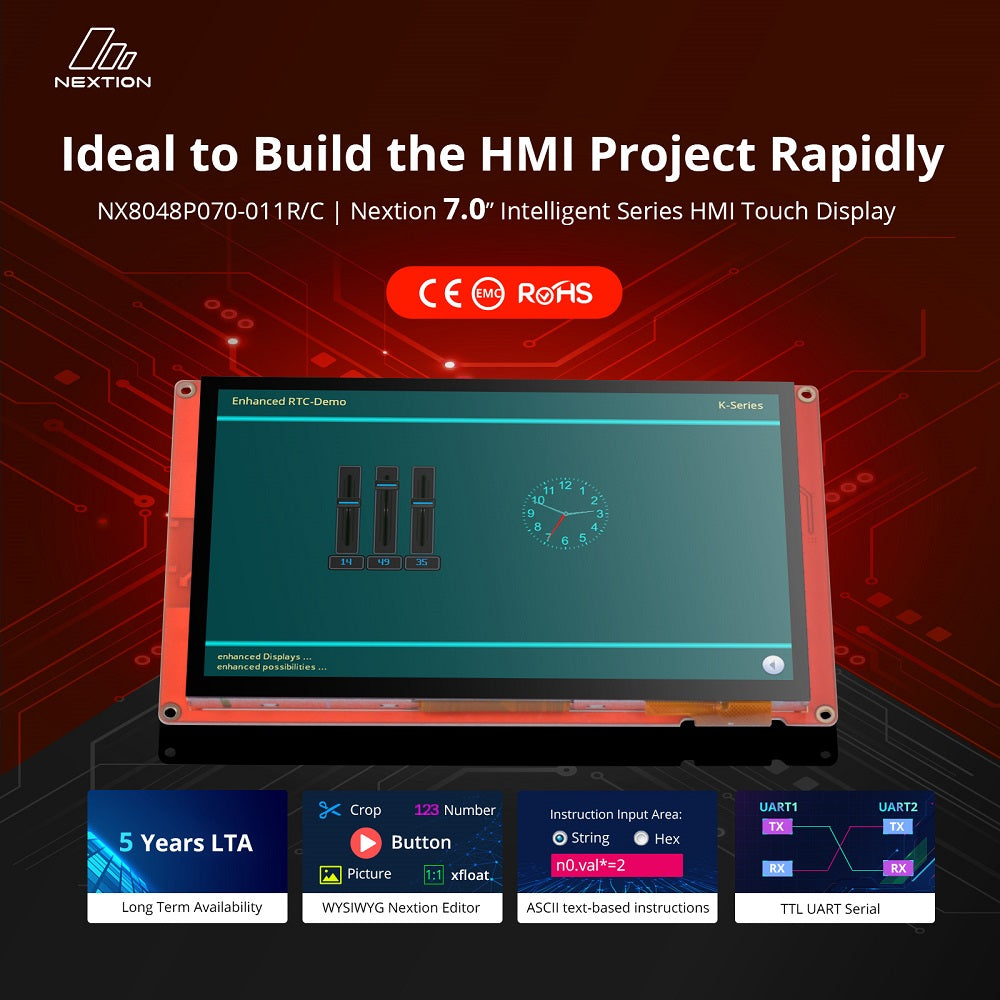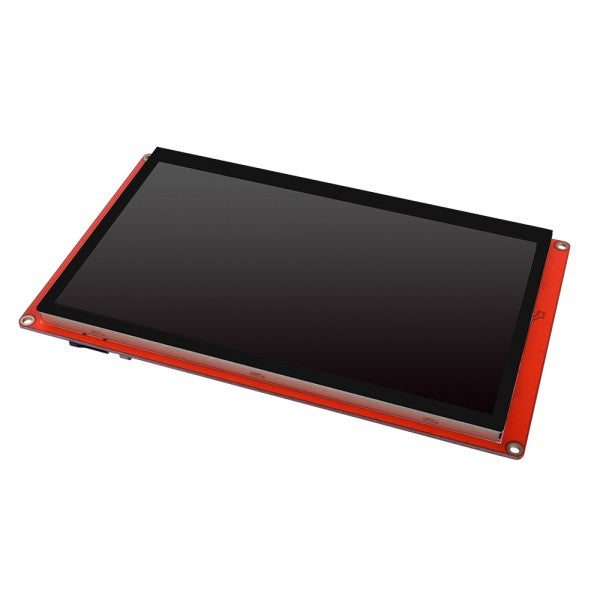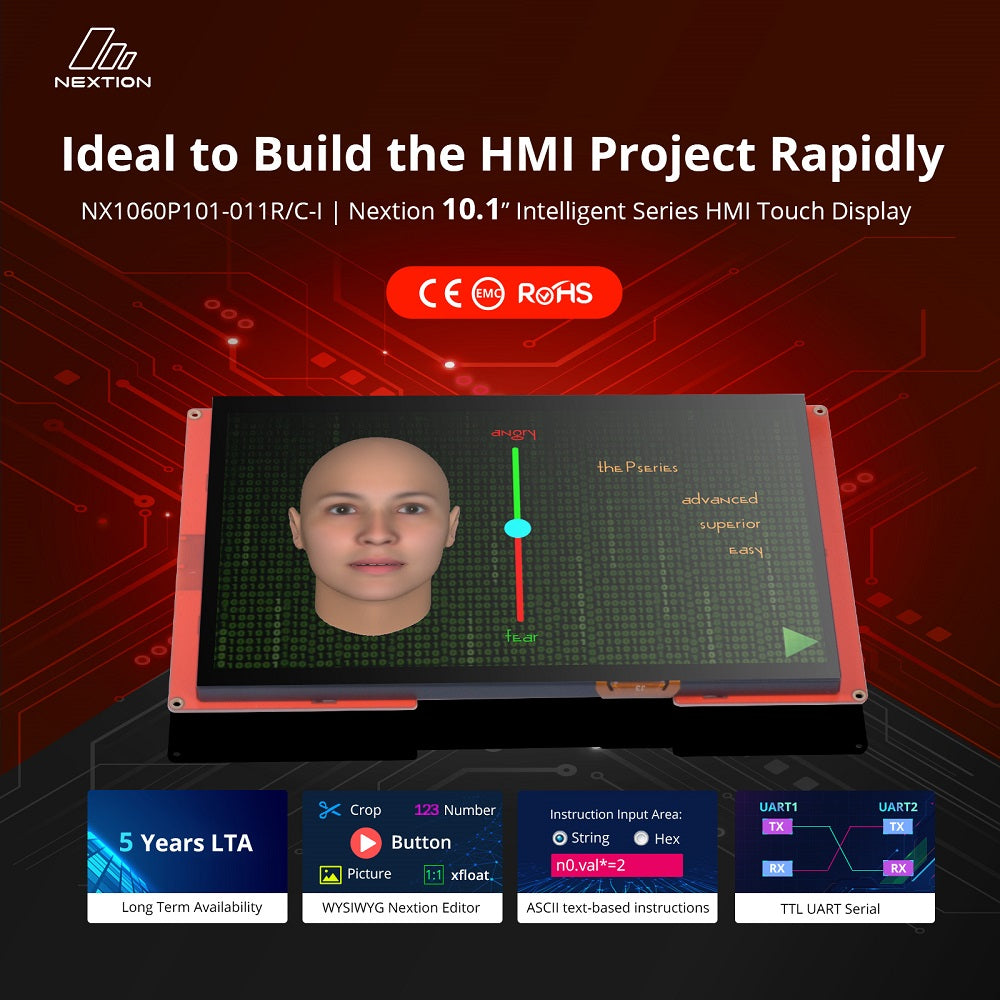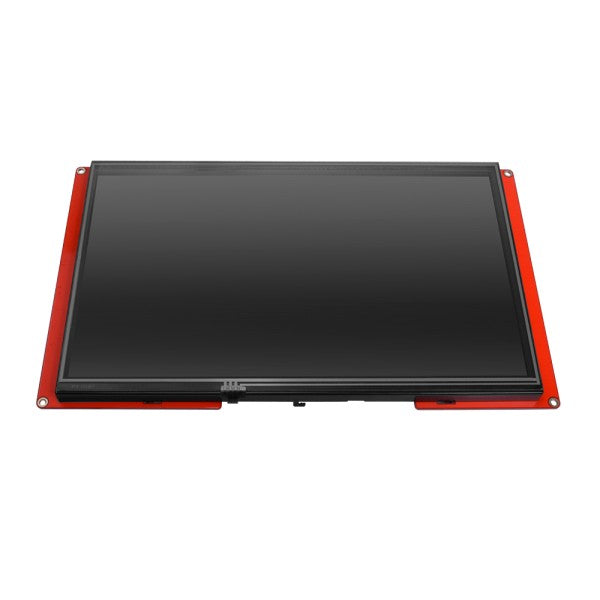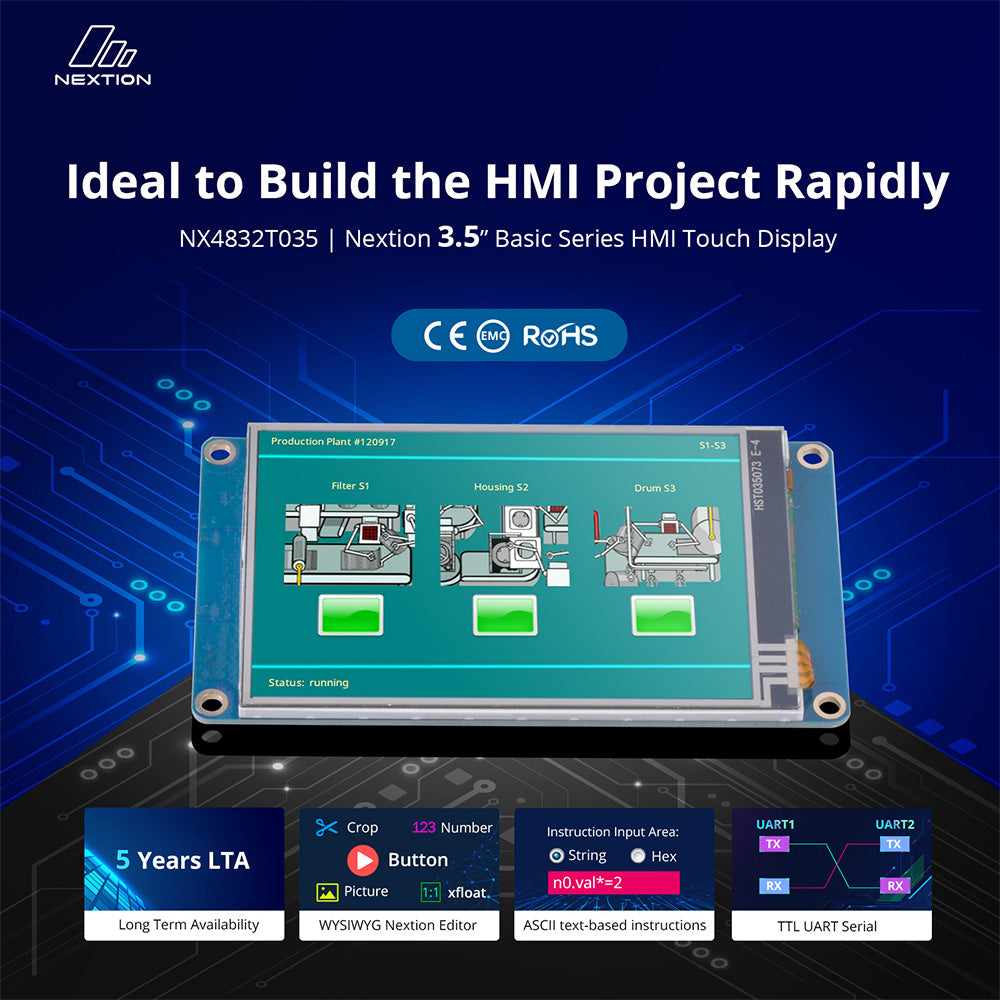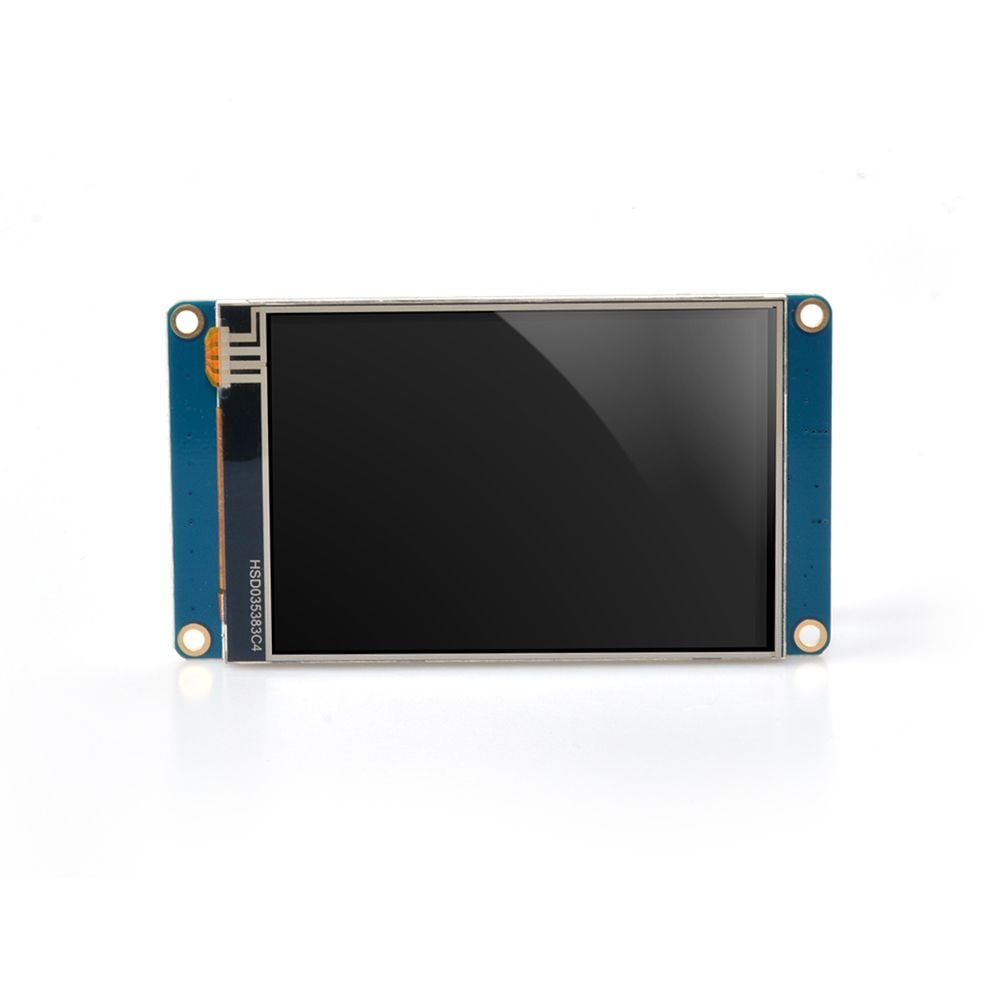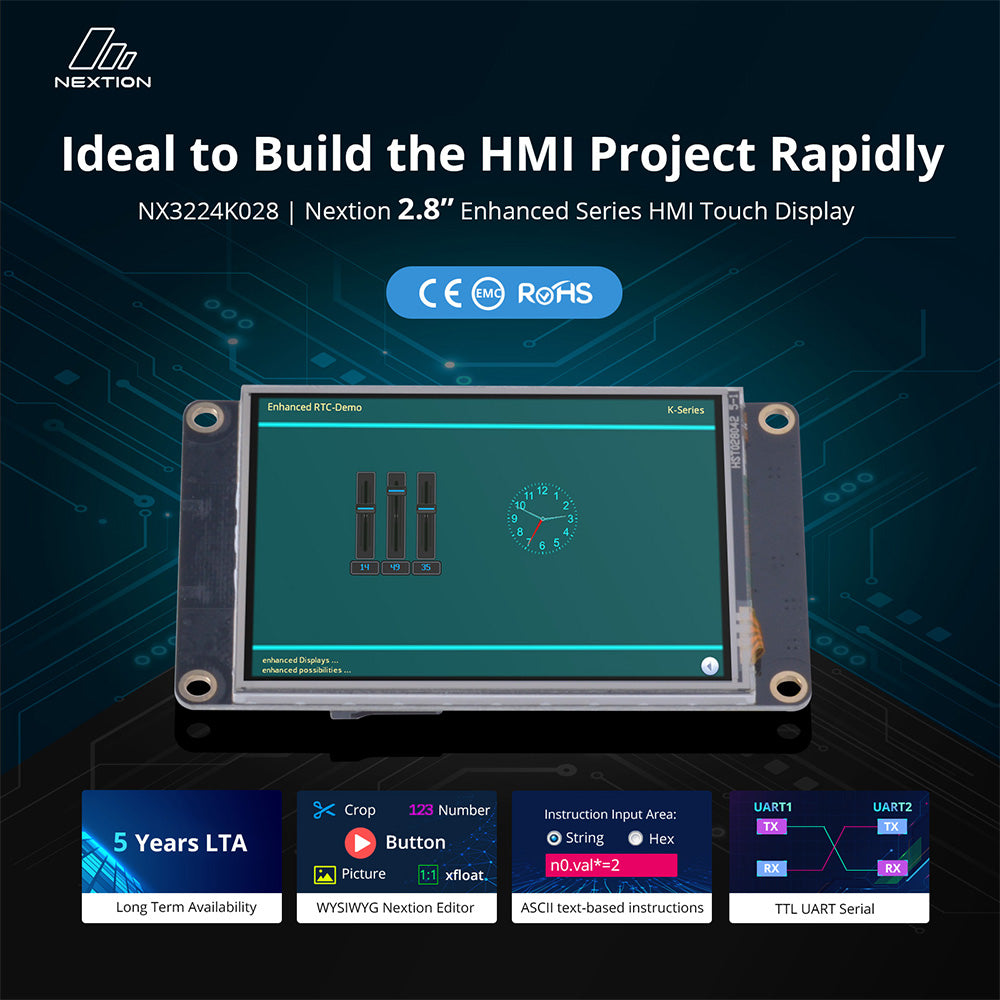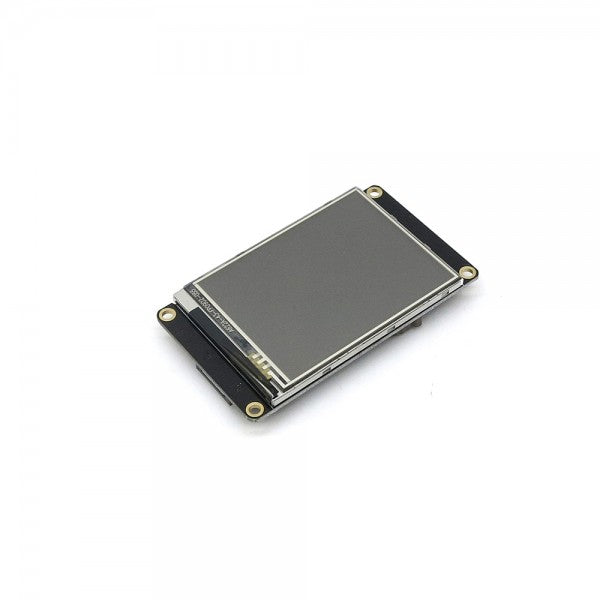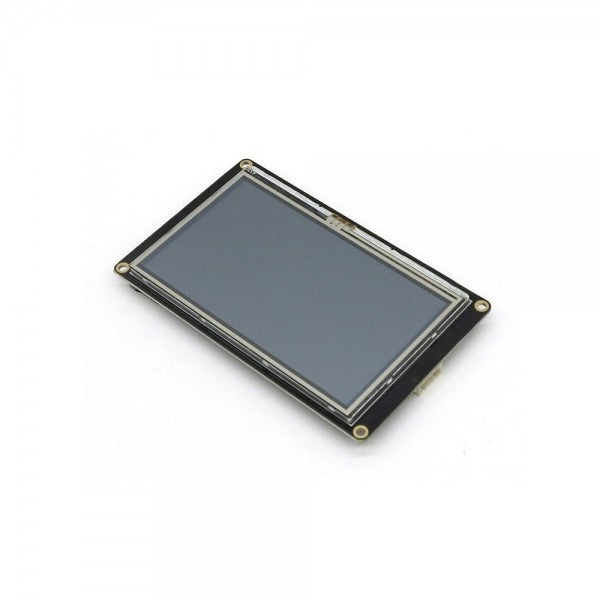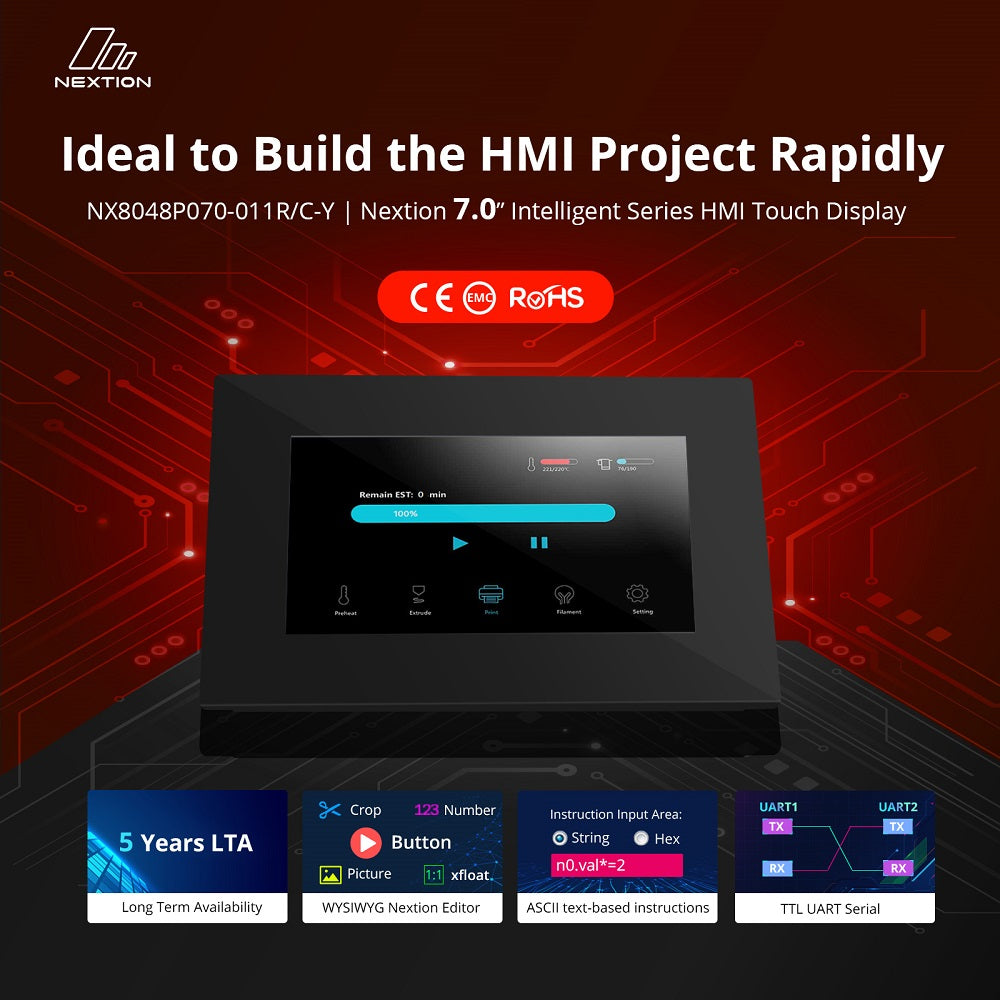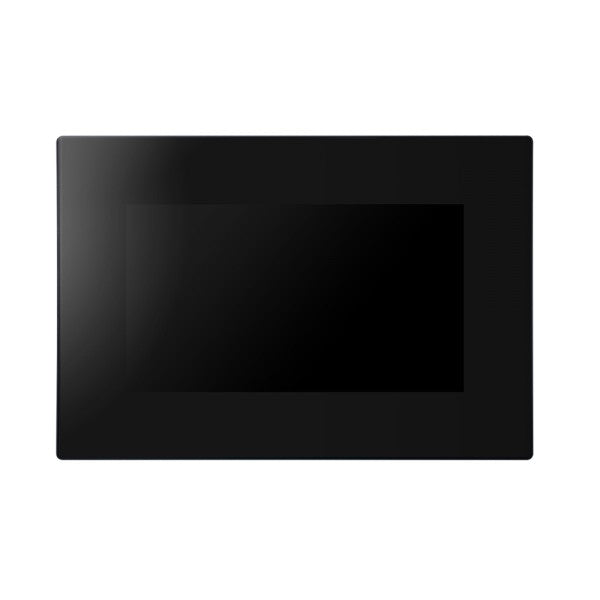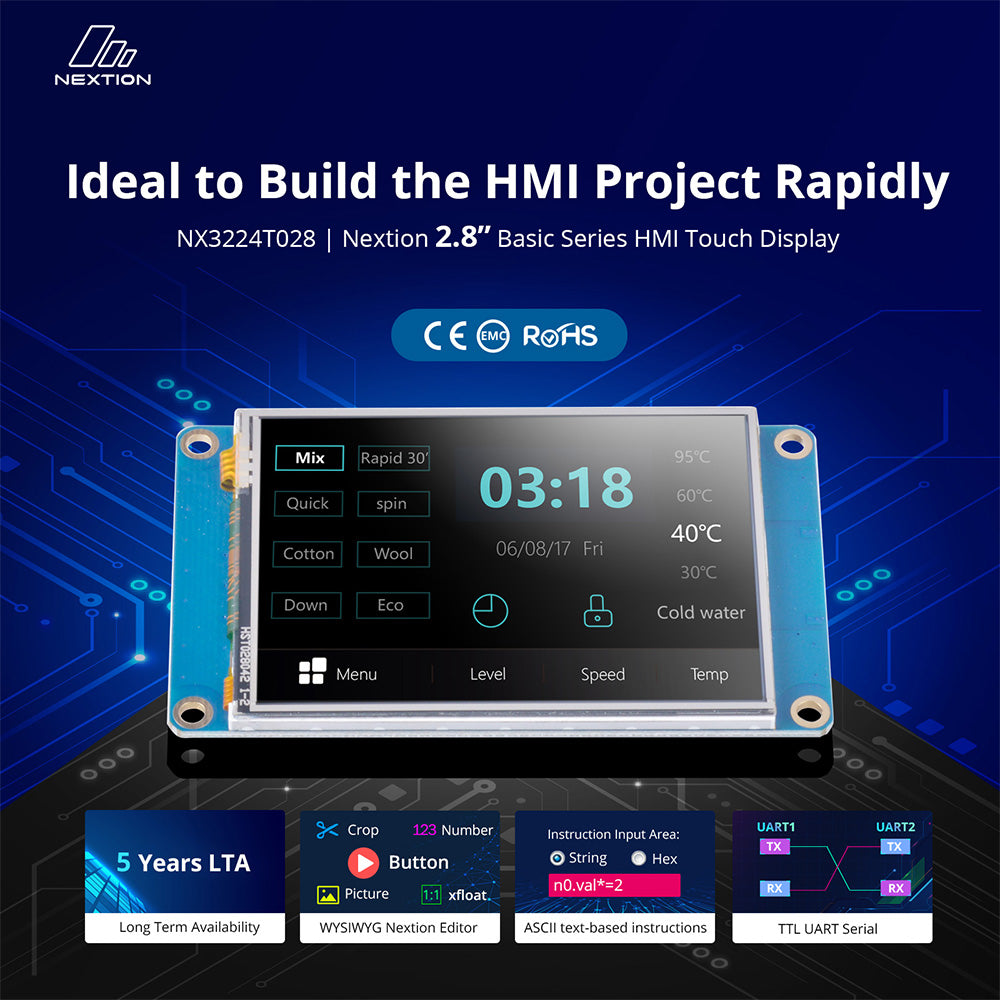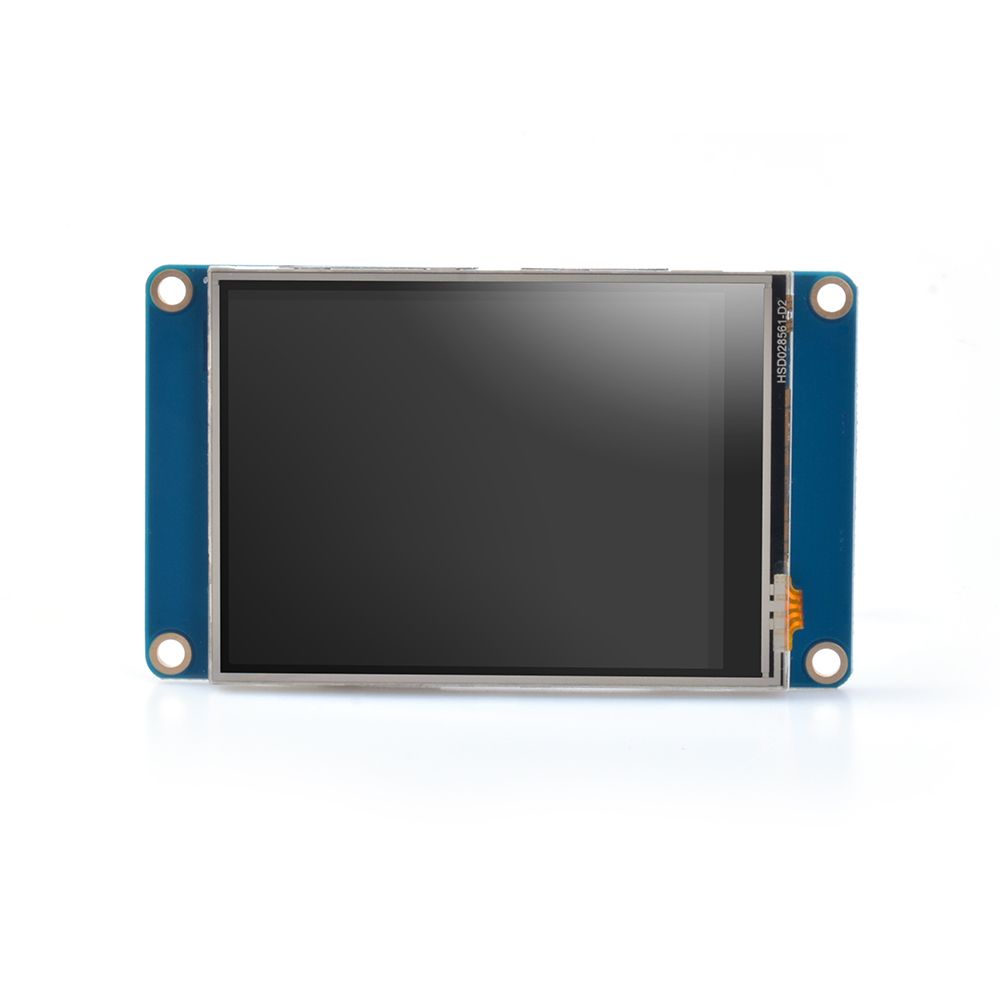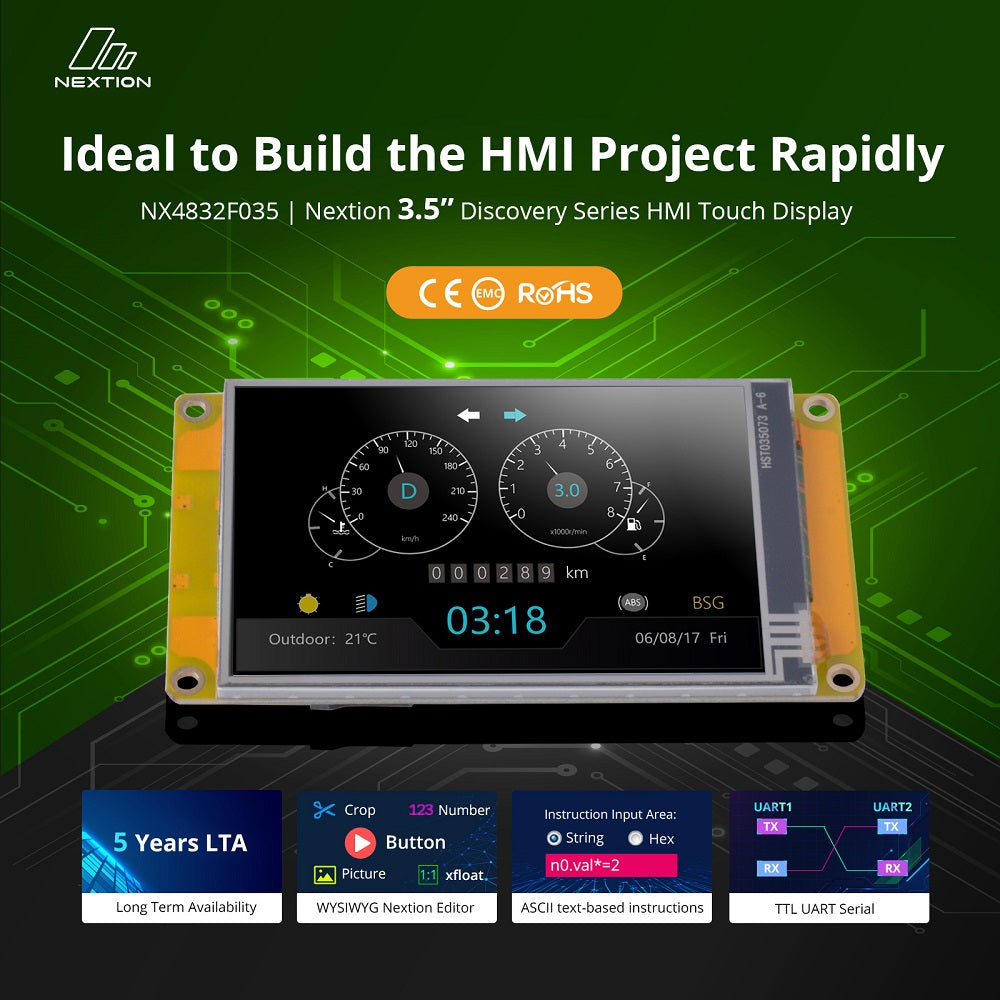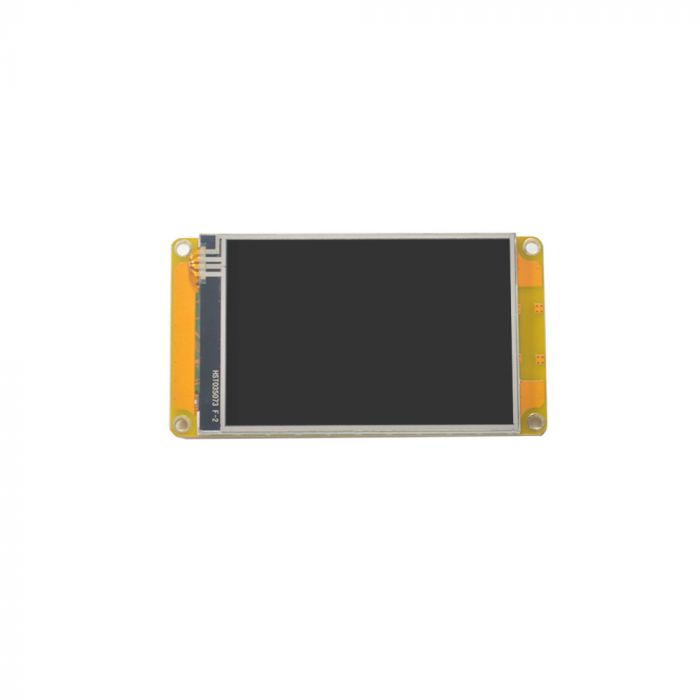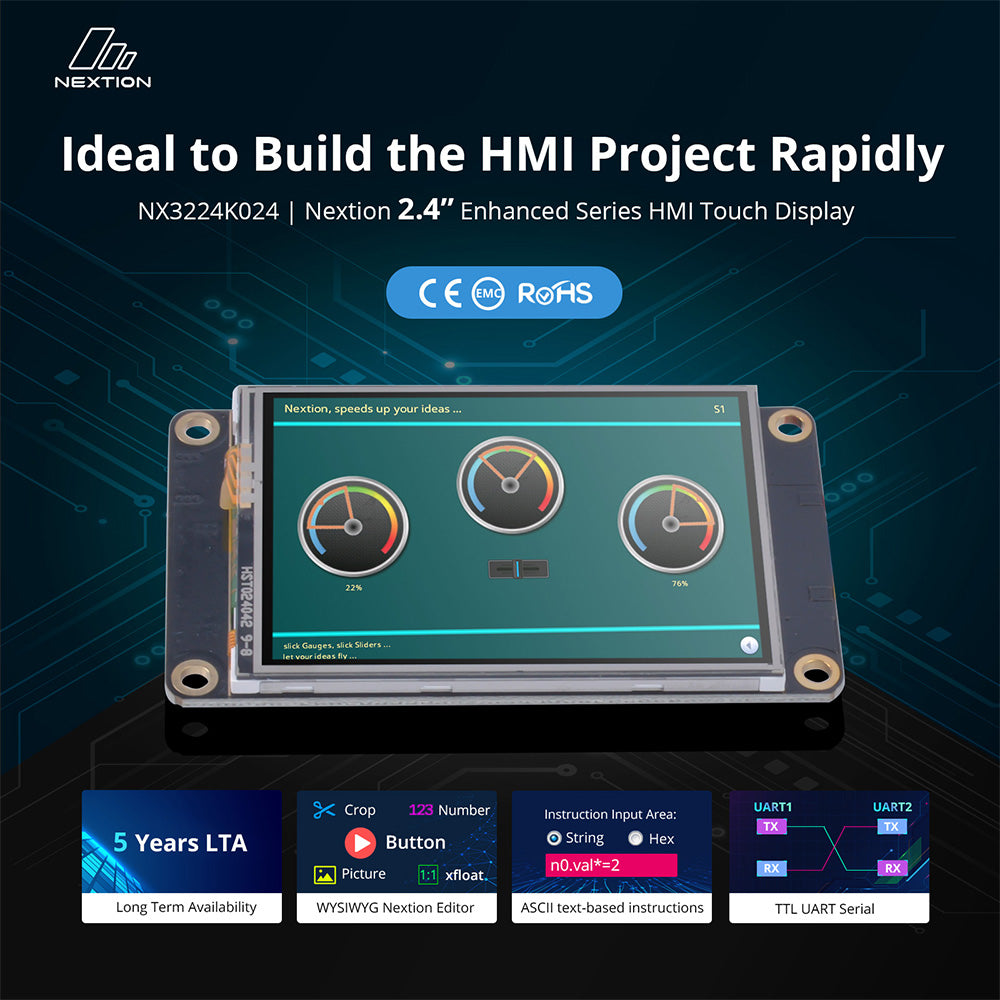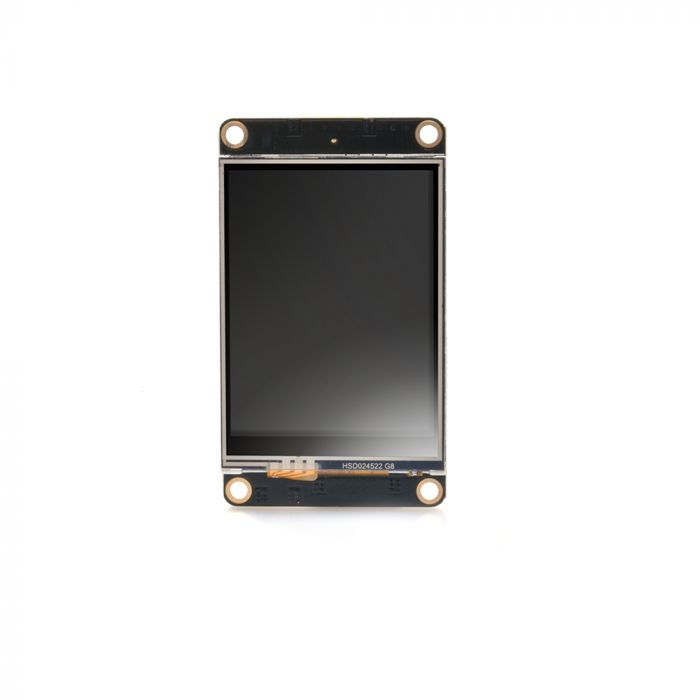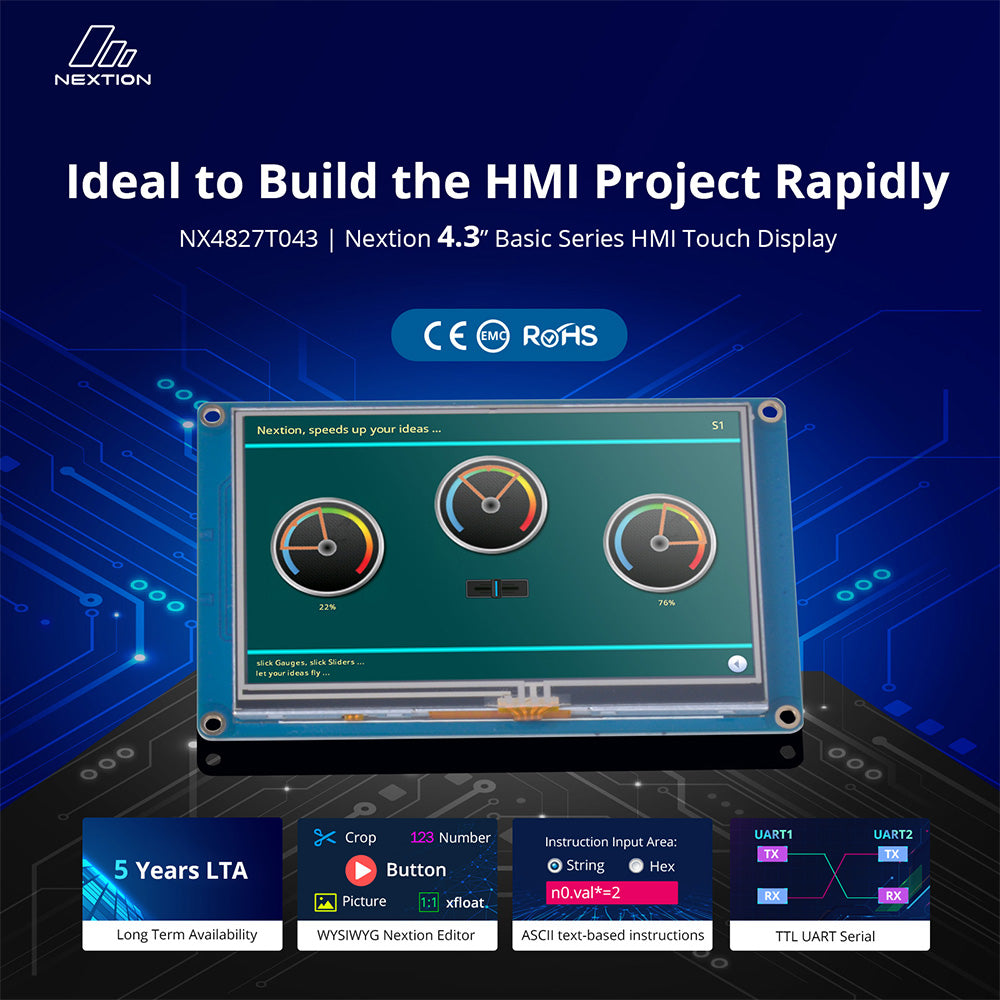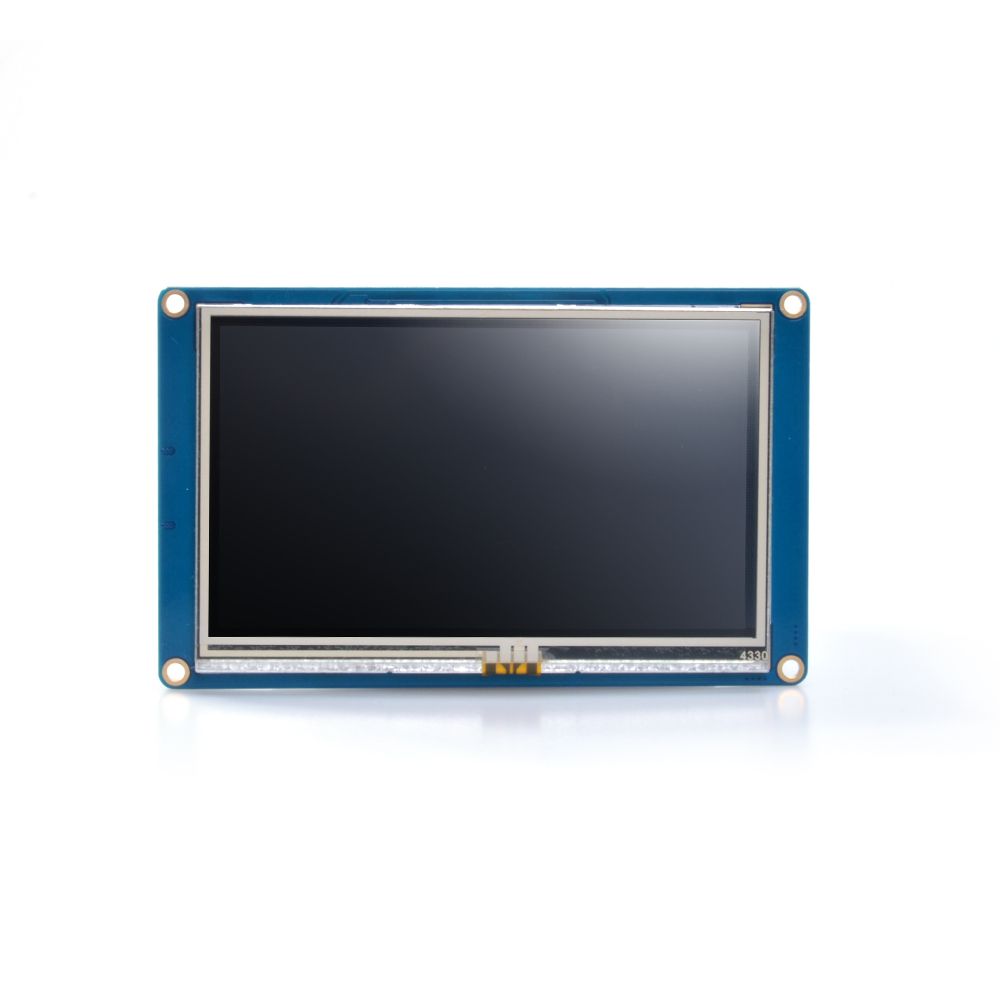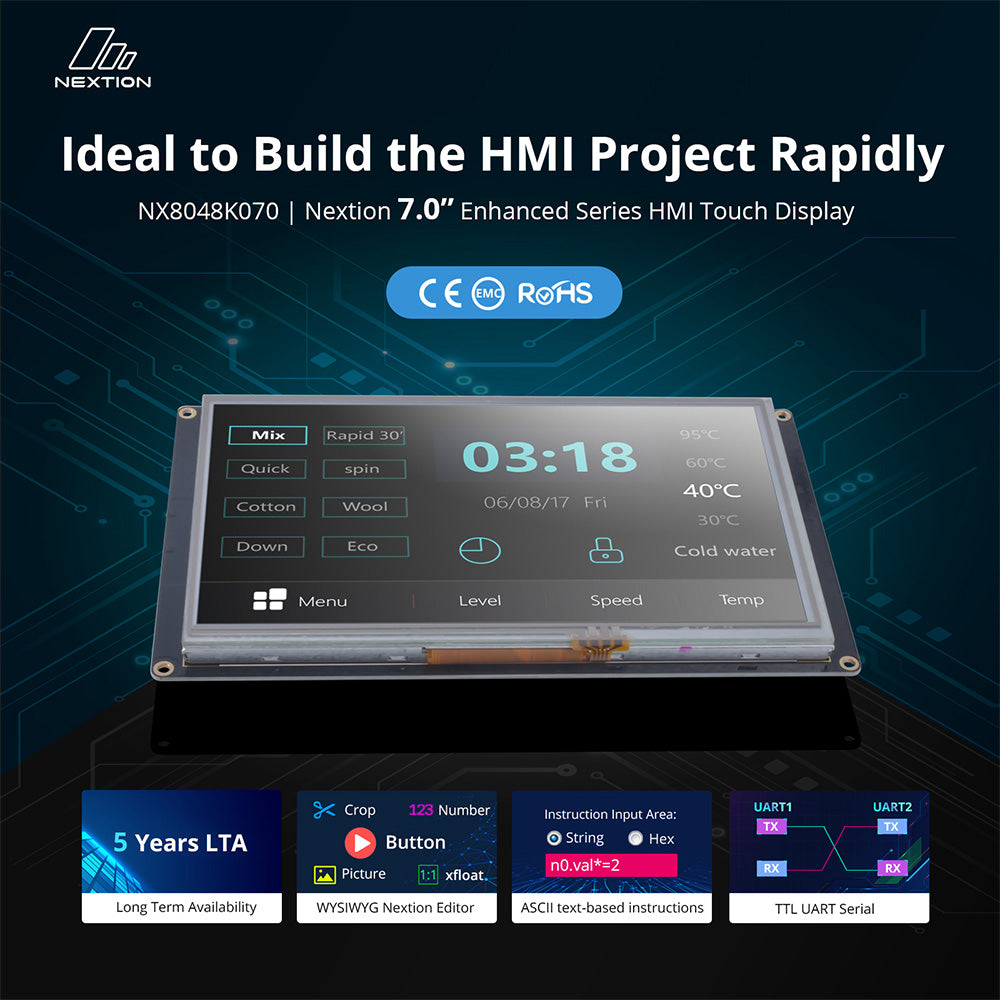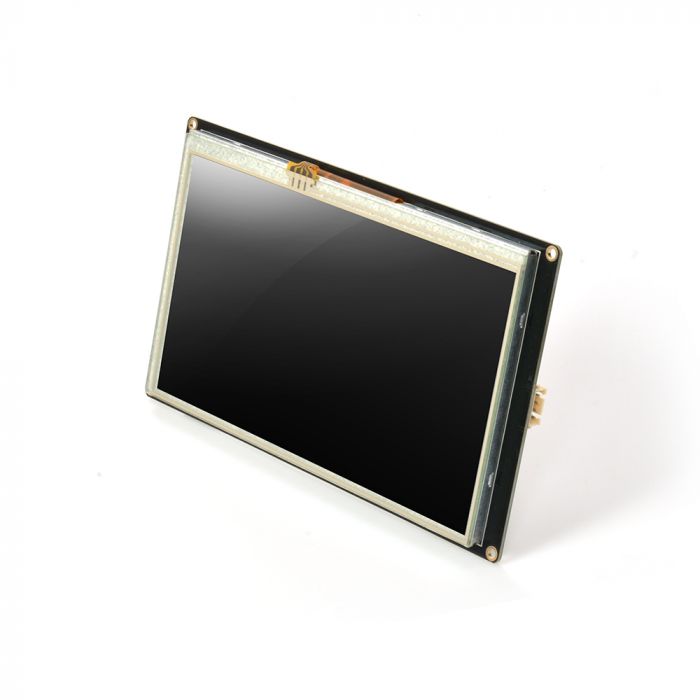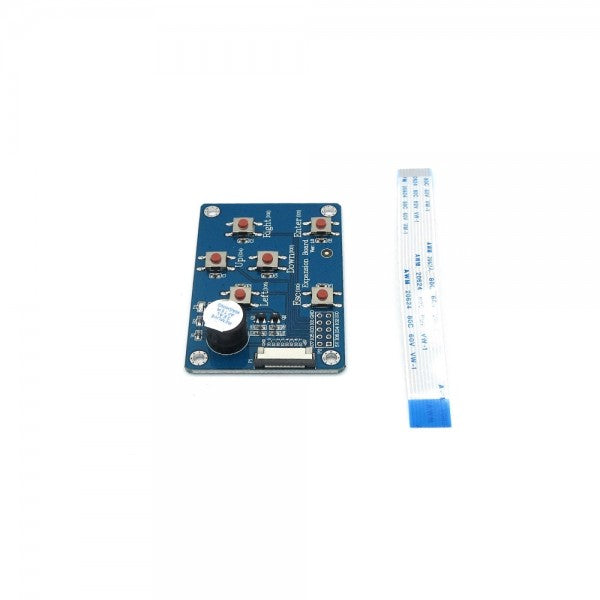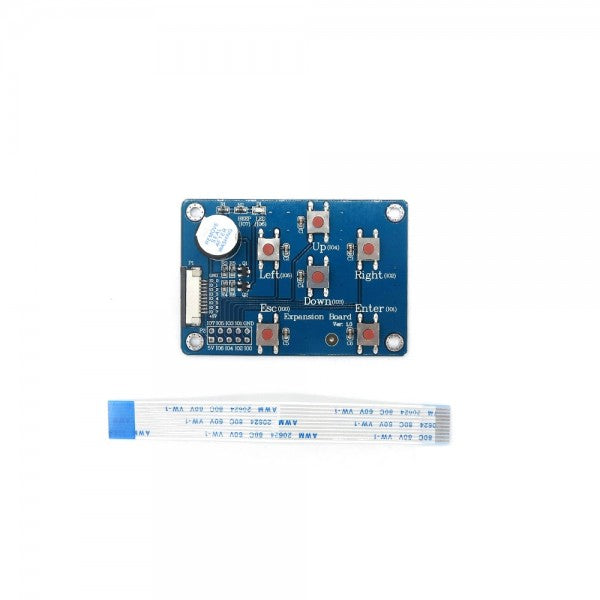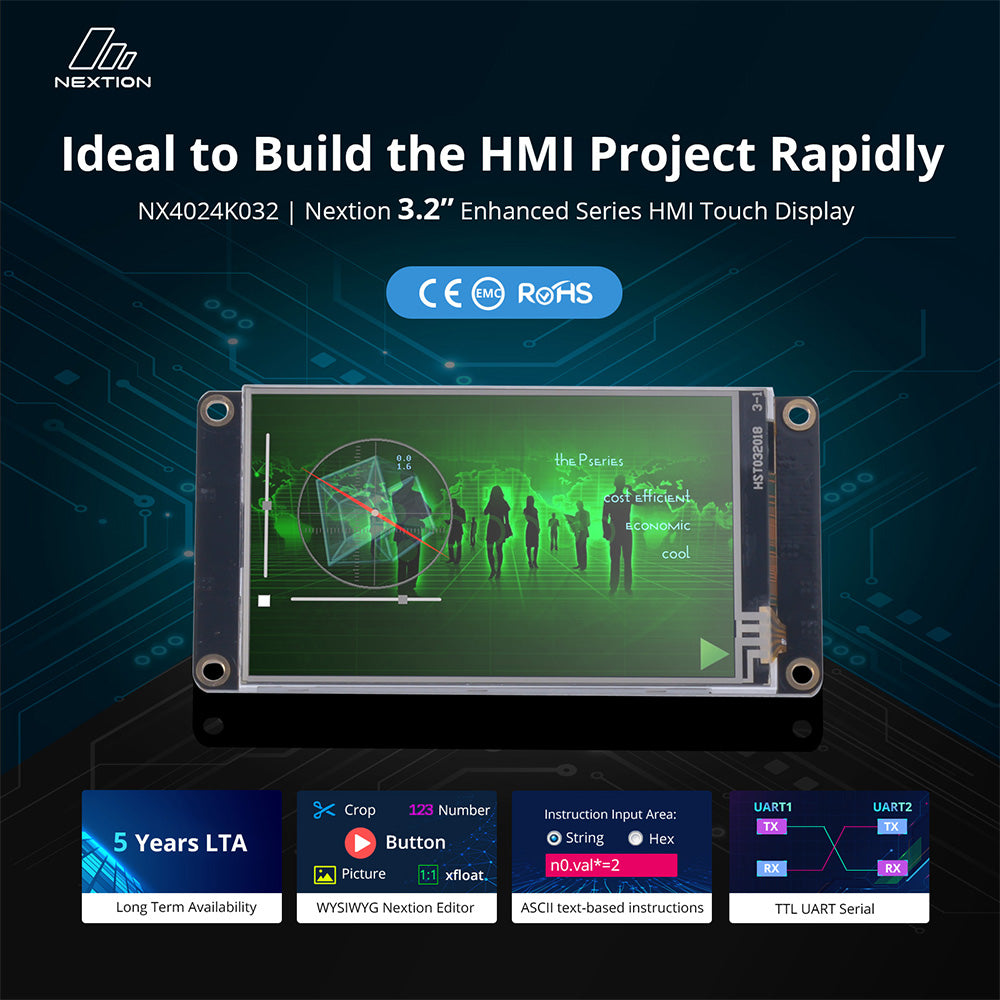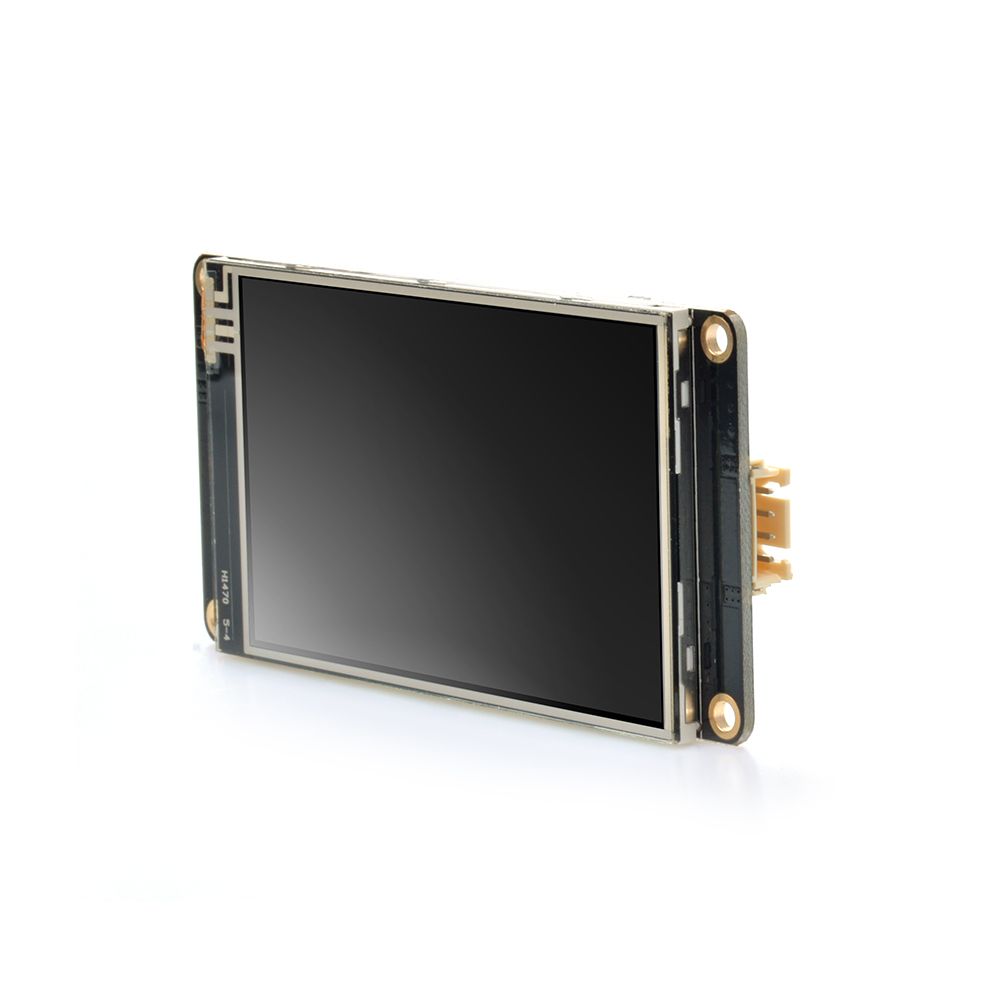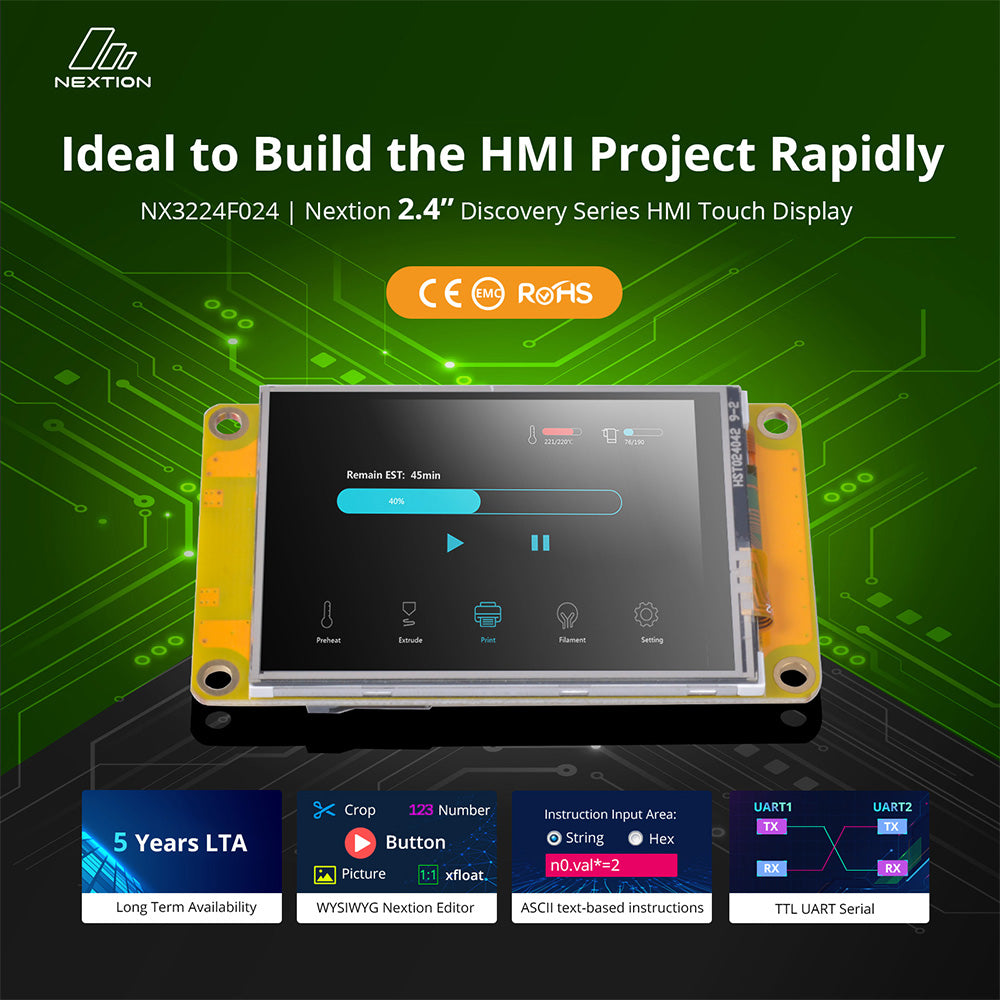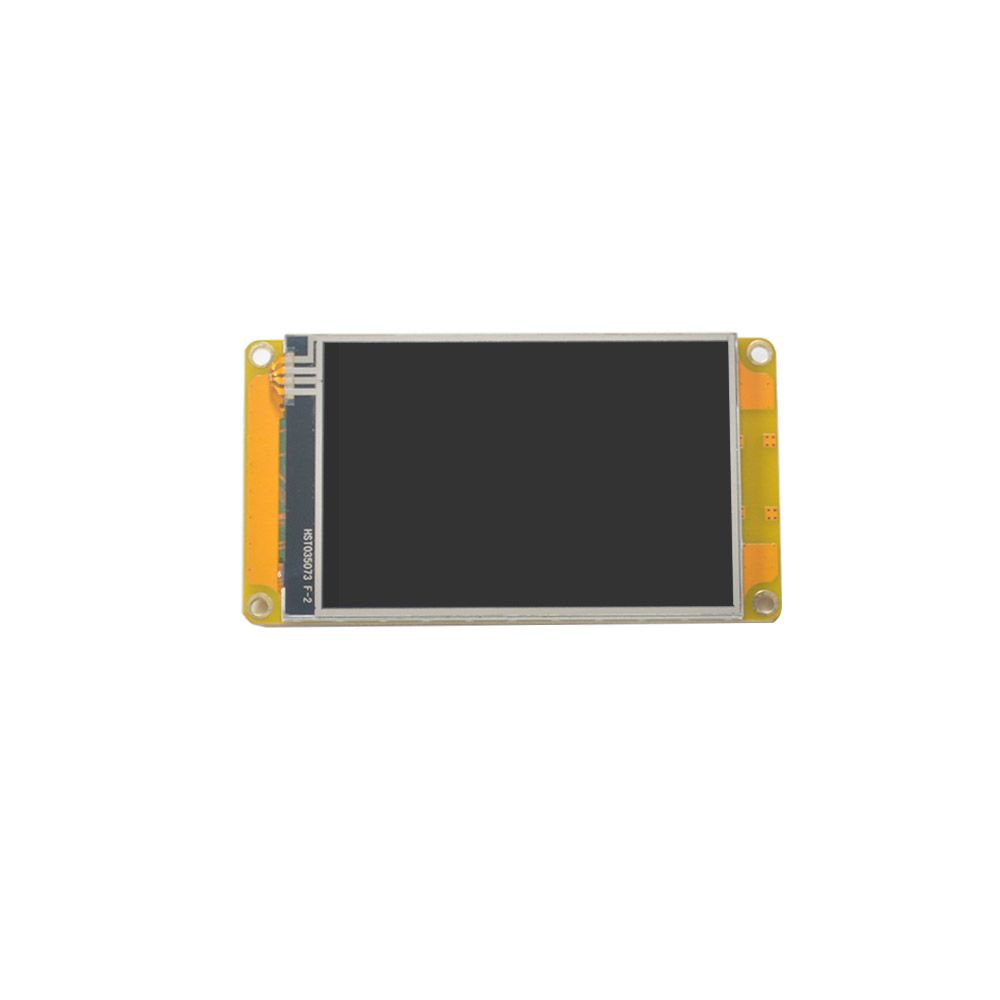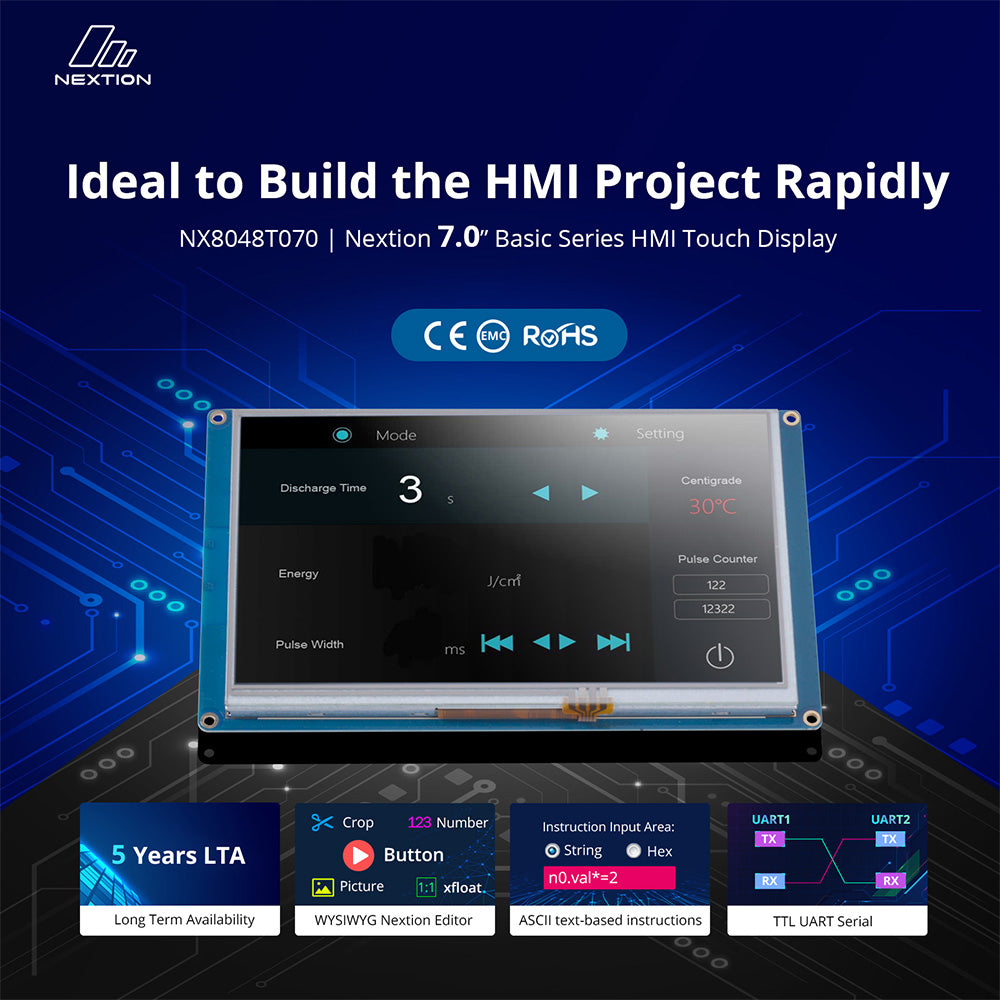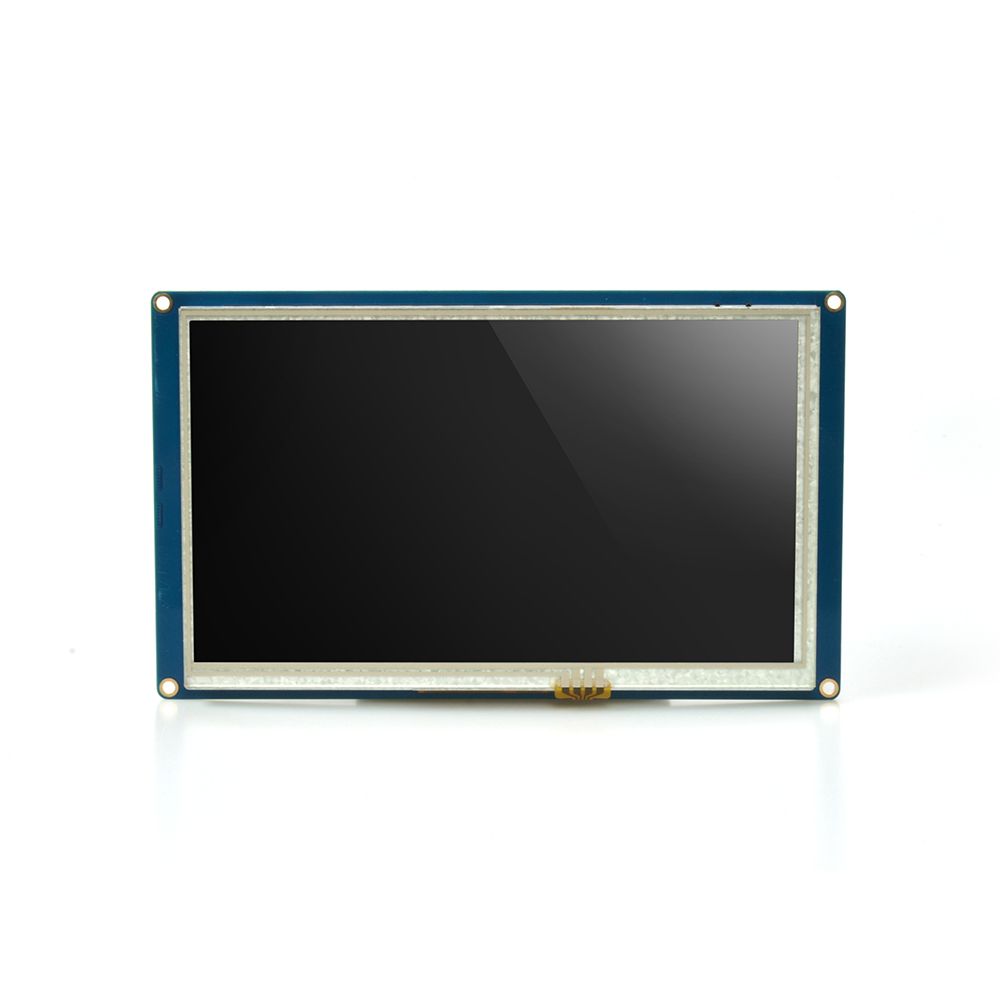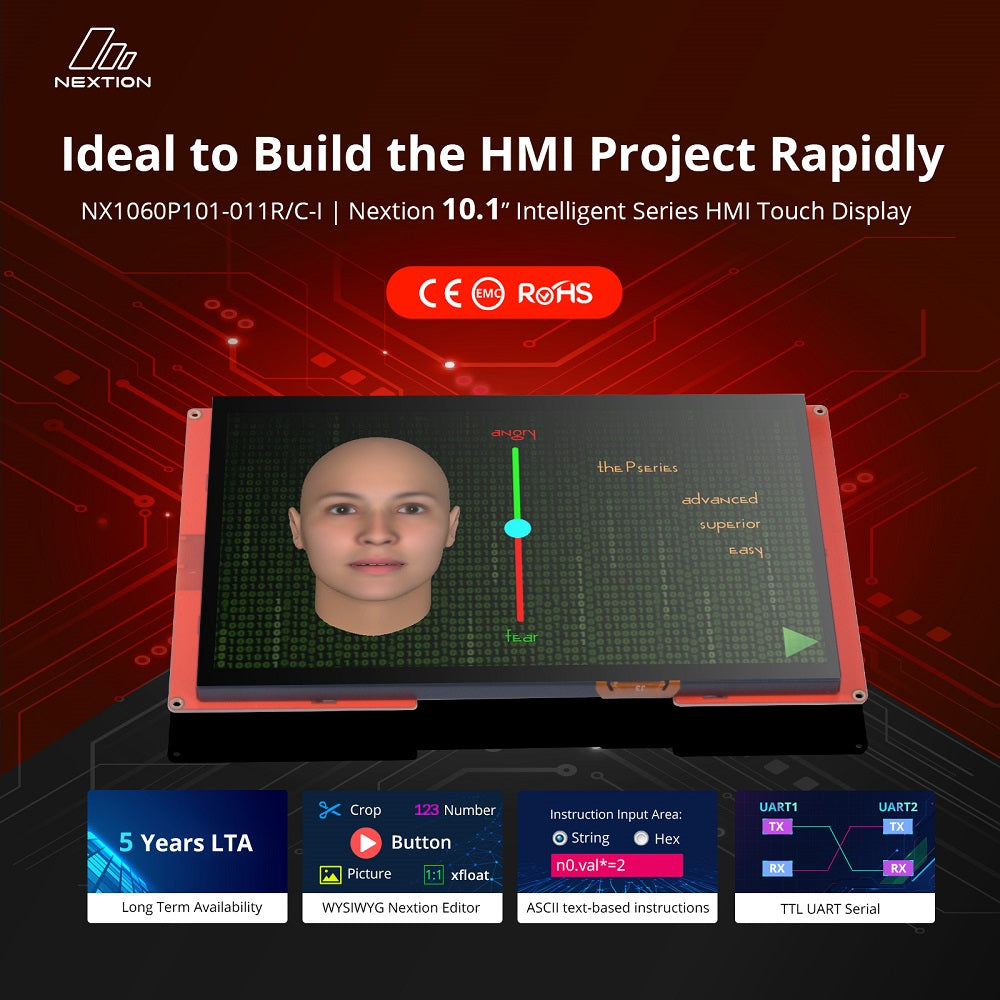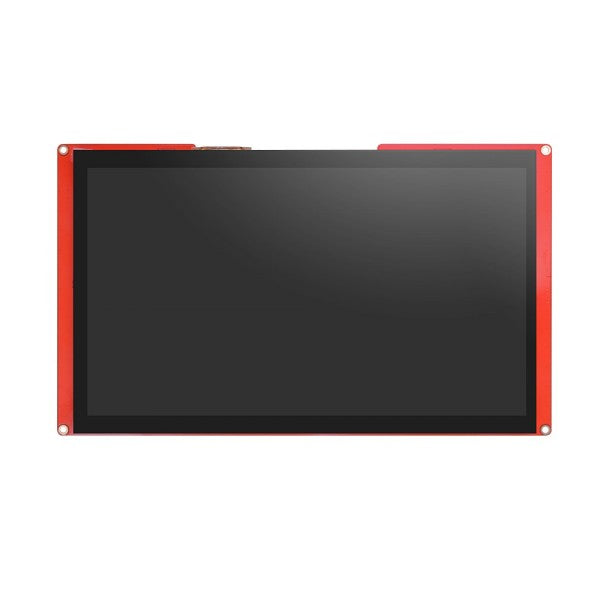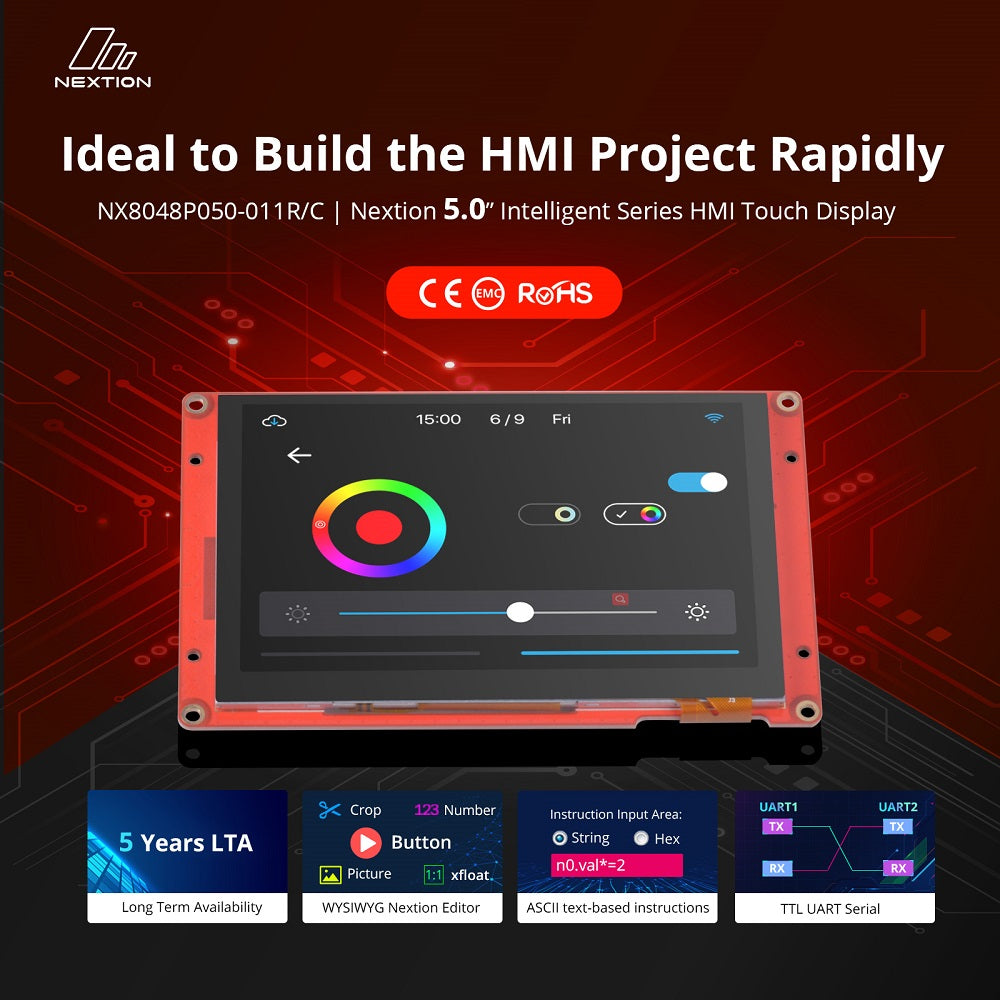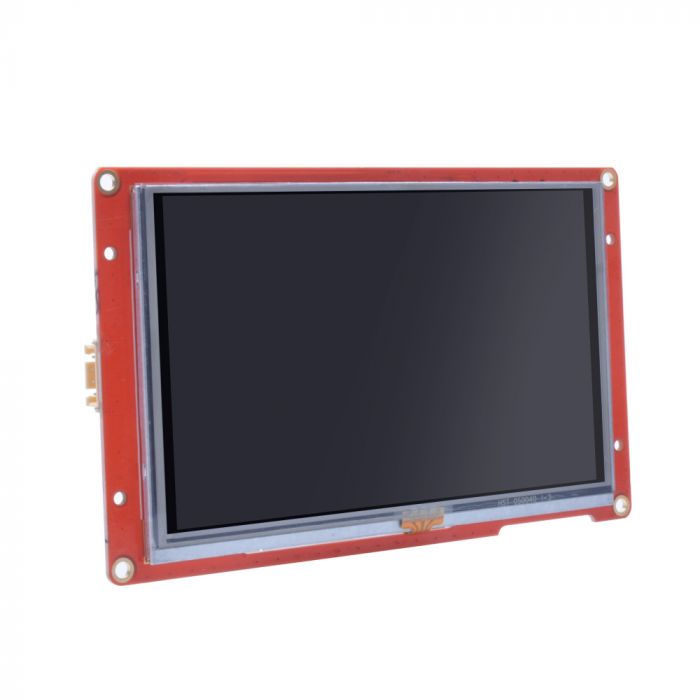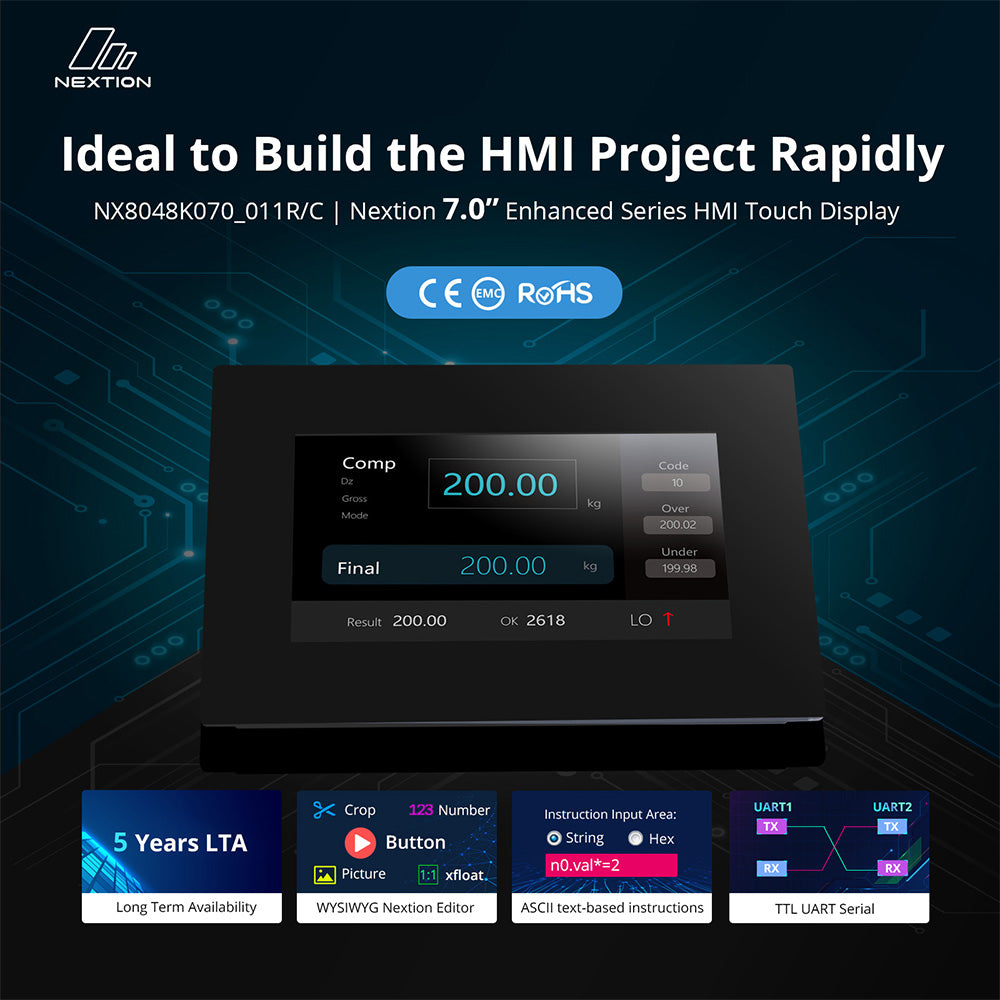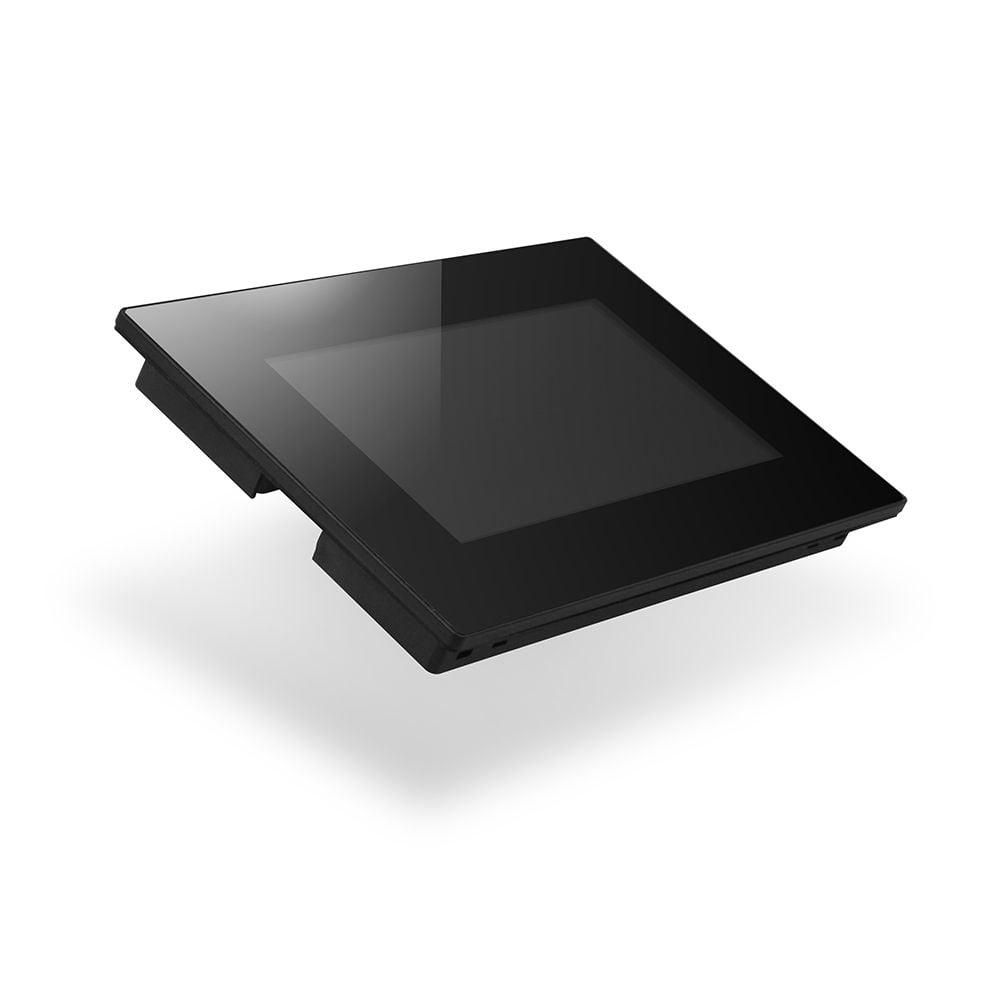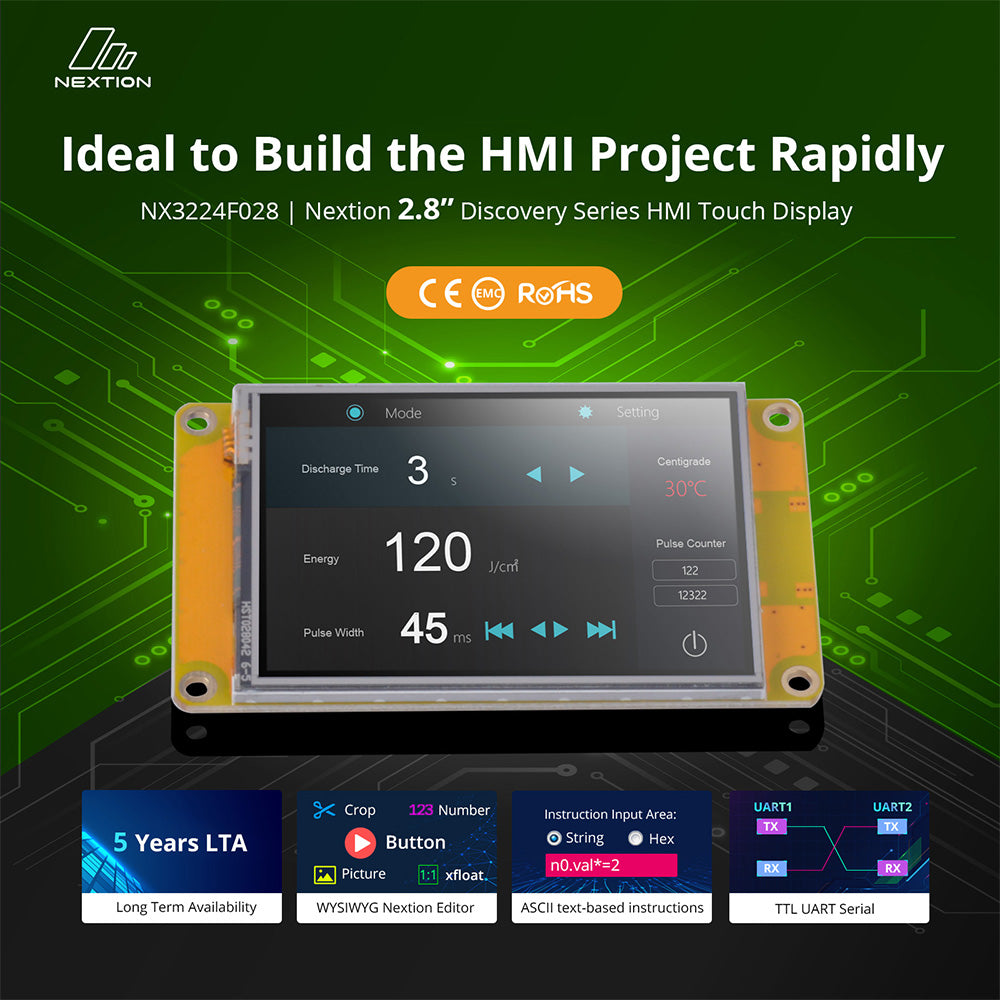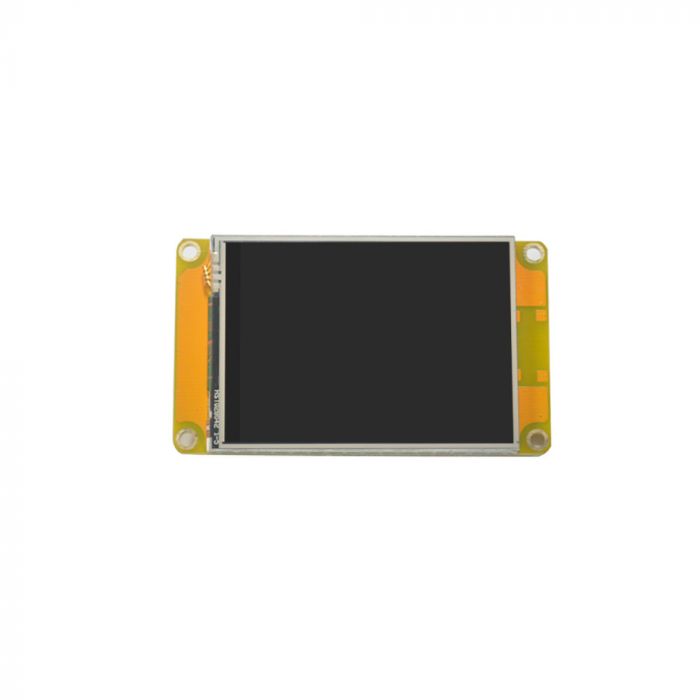LCD: what it means and how it works
The well-known term LCD is short for liquid crystal displays. This technology is used in many televisions, as well as in displays for industrial plants, consumer electronics, large household appliances and much more.
An LCD display is a screen that is based on backlighting. This is the main difference between LCD and OLED. While the individual pixels of OLED displays light up independently, the background lighting of LCD models is provided by LEDs. The structure of an LCD display is complex. In addition to the LED layer and the layer of liquid crystals, there are further layers such as an RGB filter.
Please note that there are two different basic types of LCD display:
- passive matrix displays, where the pixels are passive, and
- active matrix displays, where the liquid crystals are active.
Active matrix displays are based on TFT technology, with thin-film transistors actively controlling the pixels. This technology has become widely established, which is why some people use the two terms LCD display and TFT display synonymously. You can find out all the important details in the individual product descriptions for the wide range of brand displays from manufacturers such as Nextion!
Buying an LCD display: these are the advantages
If you need displays for projects in your industrial company or research facility, you usually have to choose between LCD and OLED. Both variants have different advantages and disadvantages – your choice depends on the specific requirements profile!
The advantages of an LCD display:
- Brightness: LCD screens achieve better brightness values, given as a nit value.
- Environment: In a bright environment, you benefit from better image quality. You can easily read the display even in extreme light.
- Cost efficiency: LCD displays are often cheaper than OLED screens.
An OLED display, on the other hand, is characterized by advantages such as a faster response time.
The optimal LCD screen for your application
Is LCD technology suitable for your specific project? The next step is to choose the ideal model from the wide range of products on offer. The important comparison criteria include:
- Dimensions of the display (inches)
- Display with LCD display or touch LCD display
- Technical data such as resolution and brightness value
- Compatibility with microcontrollers (Arduino, Raspberry Pi etc.)
- Type and number of interfaces (USB, HDMI and Co.)
A key difference between LCD displays is whether you want to buy a simple display or a touch LCD panel. Touchscreens offer a high level of user convenience, and you save yourself the trouble of connecting a computer!
When it comes to the question of which other components an LCD display is compatible with, it is worth taking a look at the product details. Many displays from manufacturers such as Waveshare and Nextion can be combined with various components; for example, an ArduinoLCD display also functions as an RPI LCD display (Raspberry Pi).
Take your time to browse the wide range of LCD displays with or without touch function and equip yourself with the perfect module!

